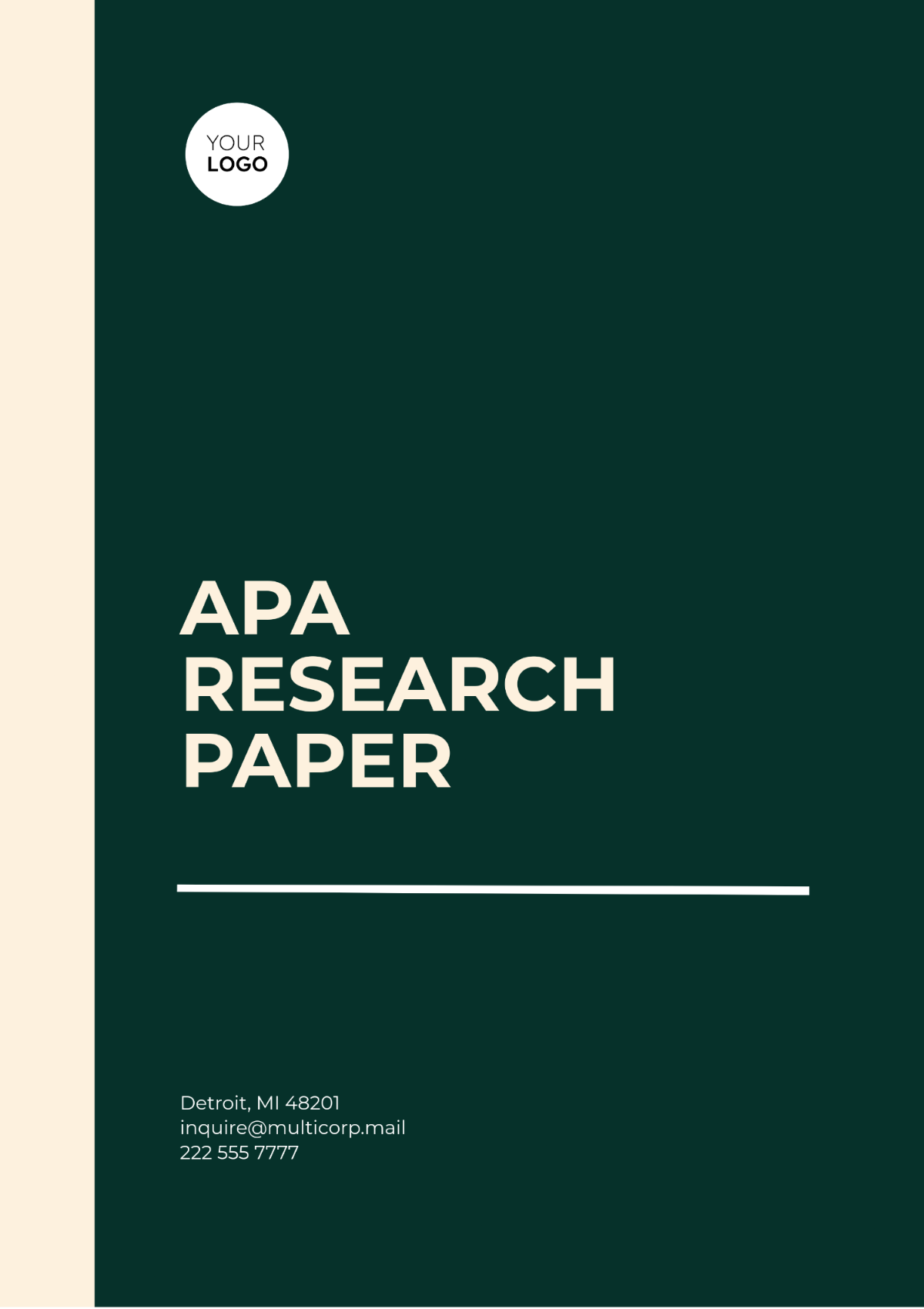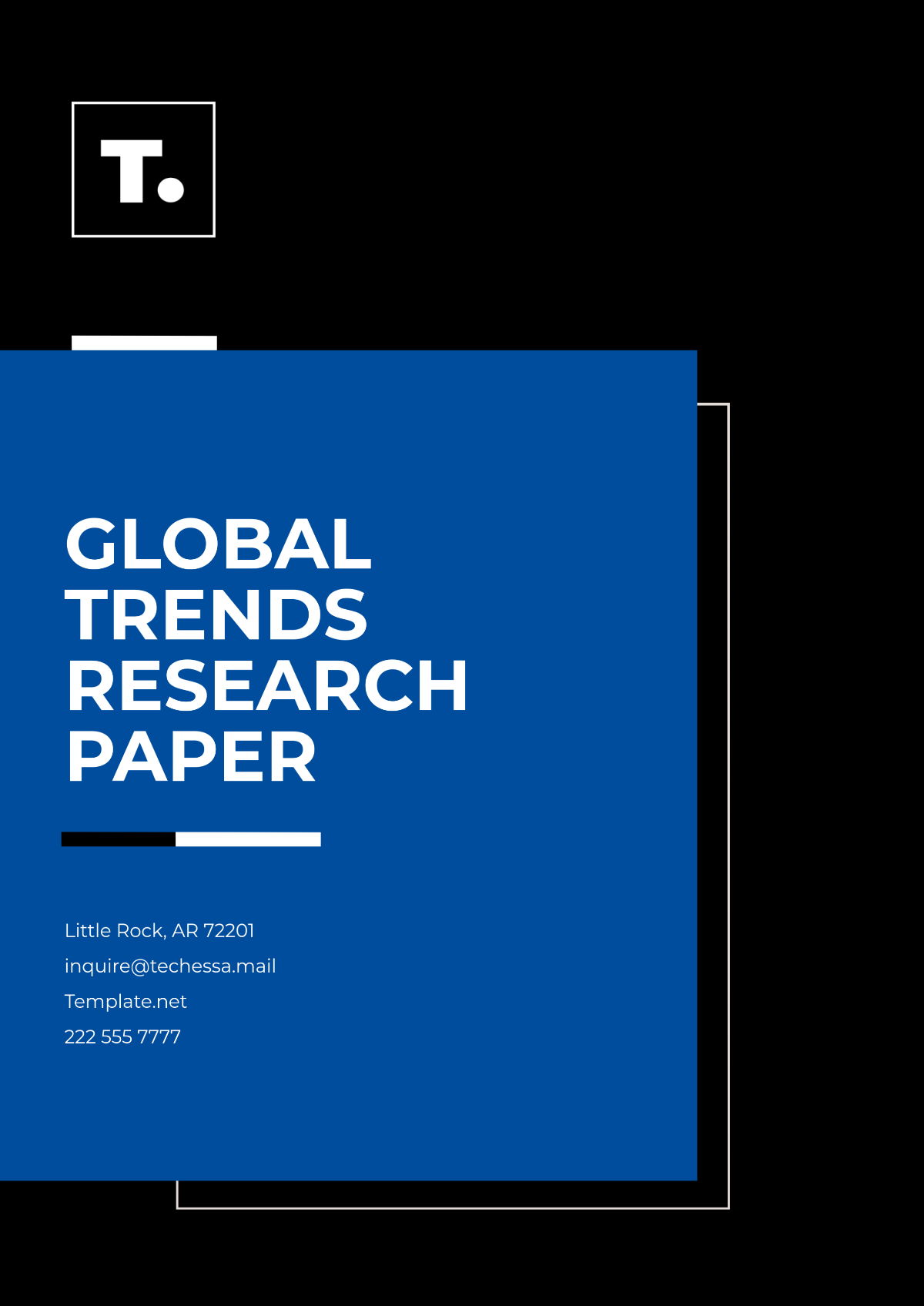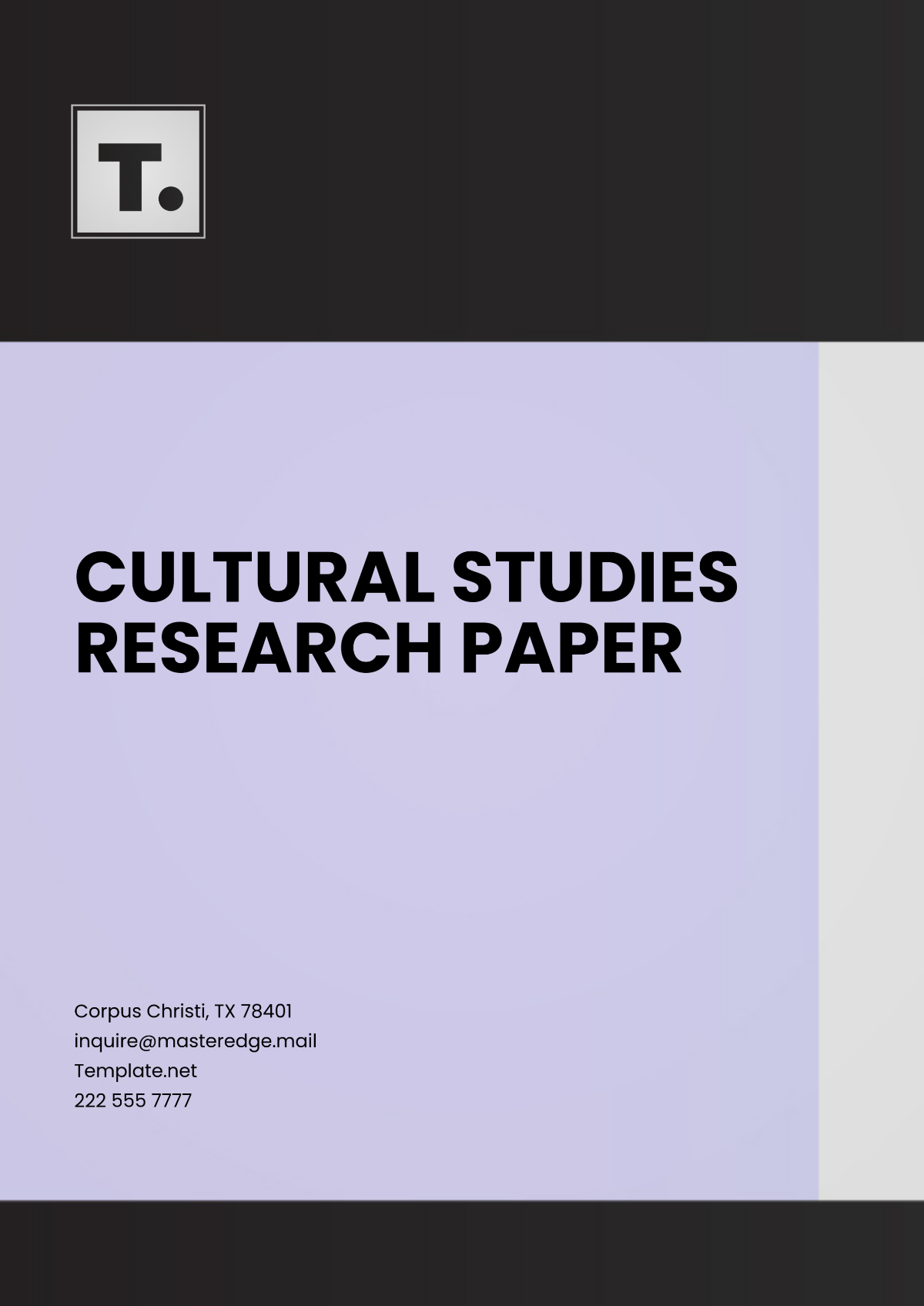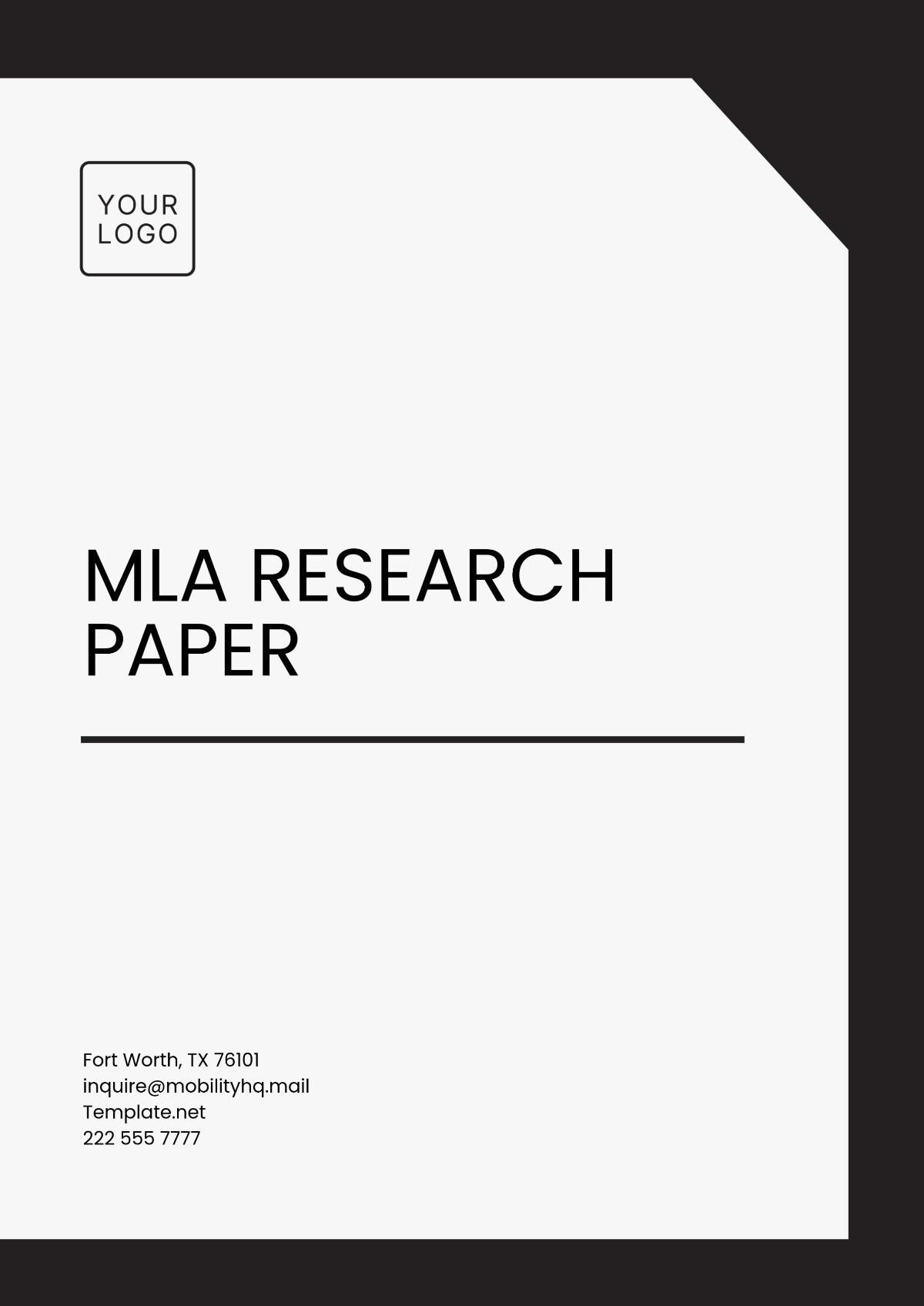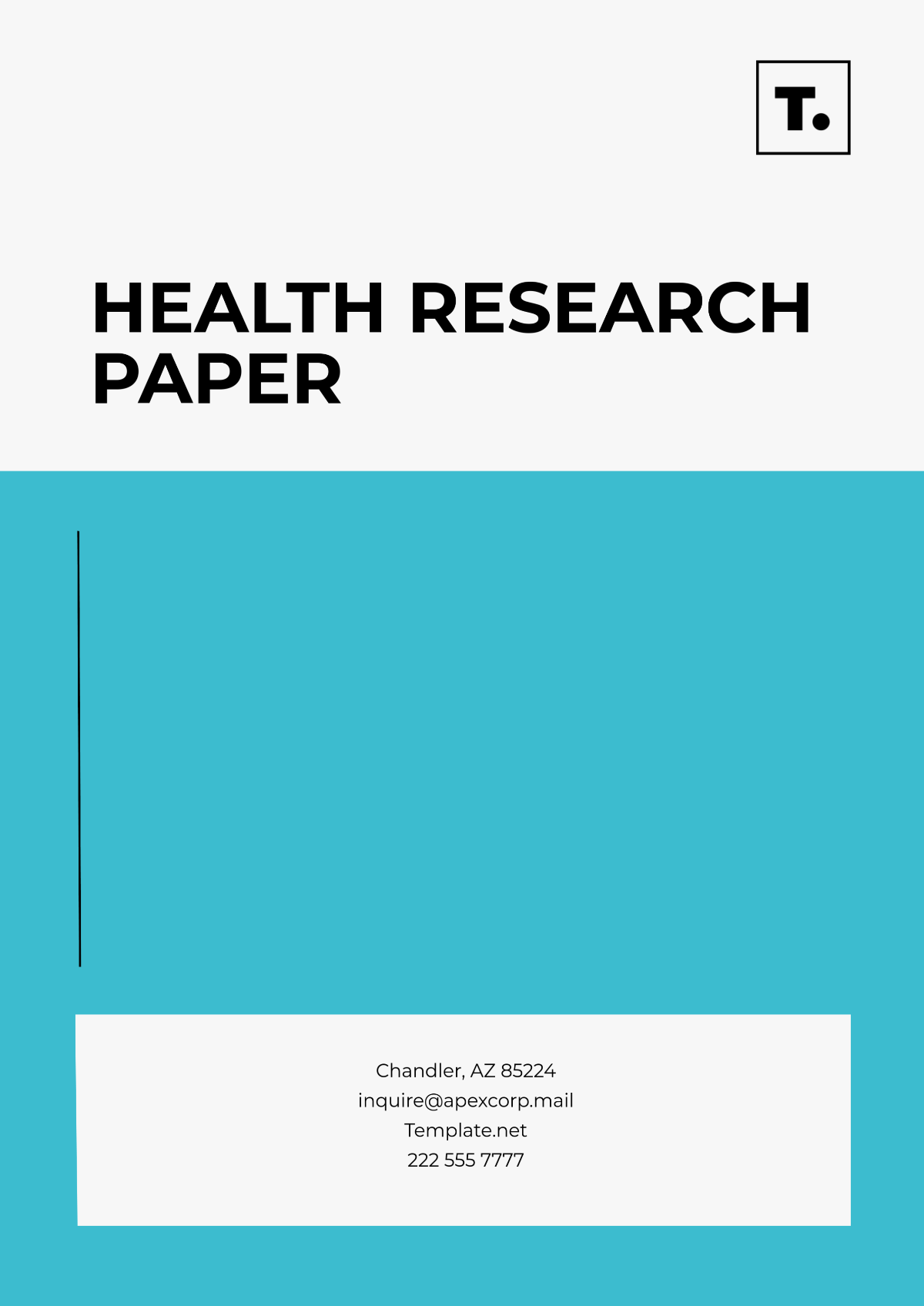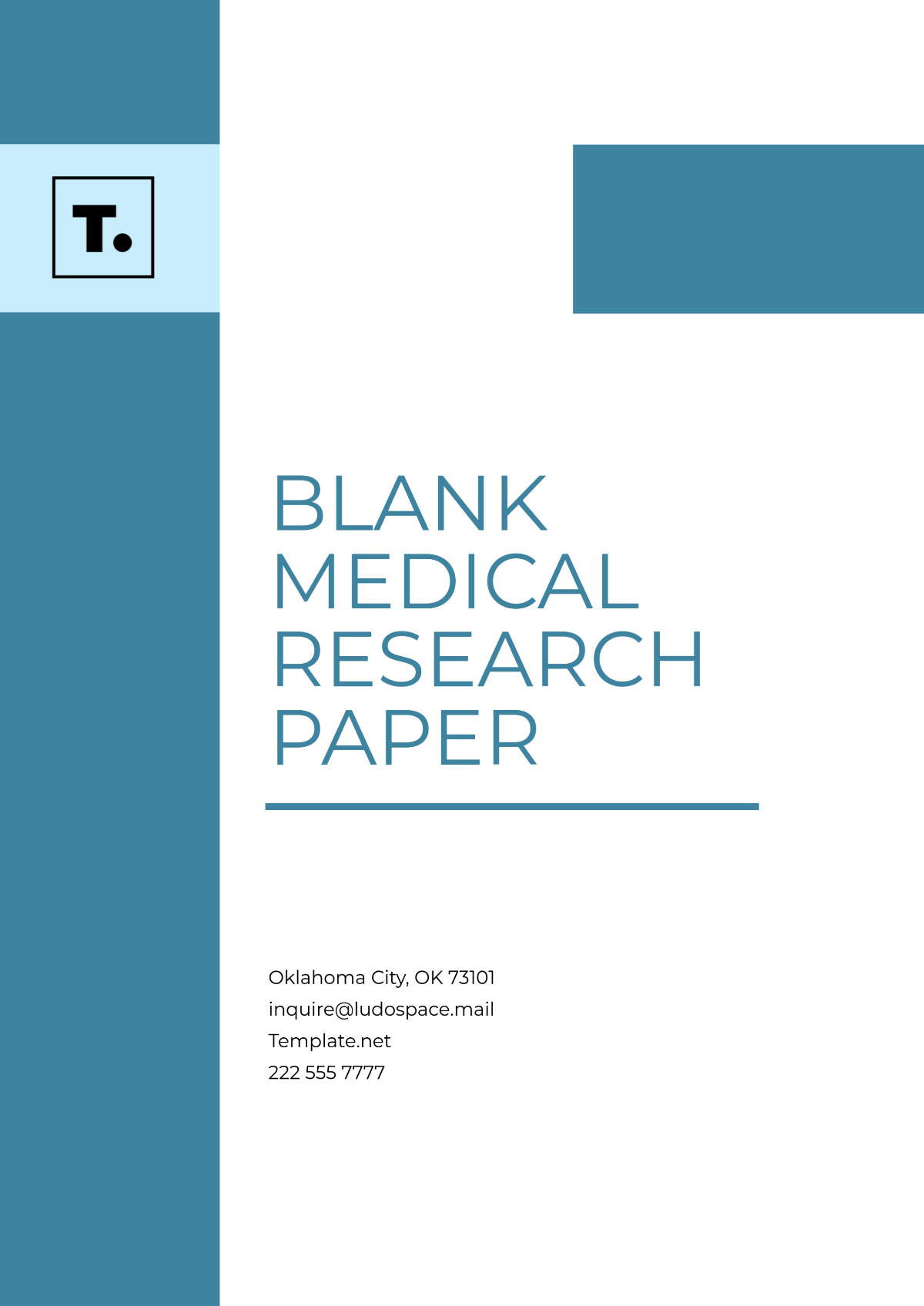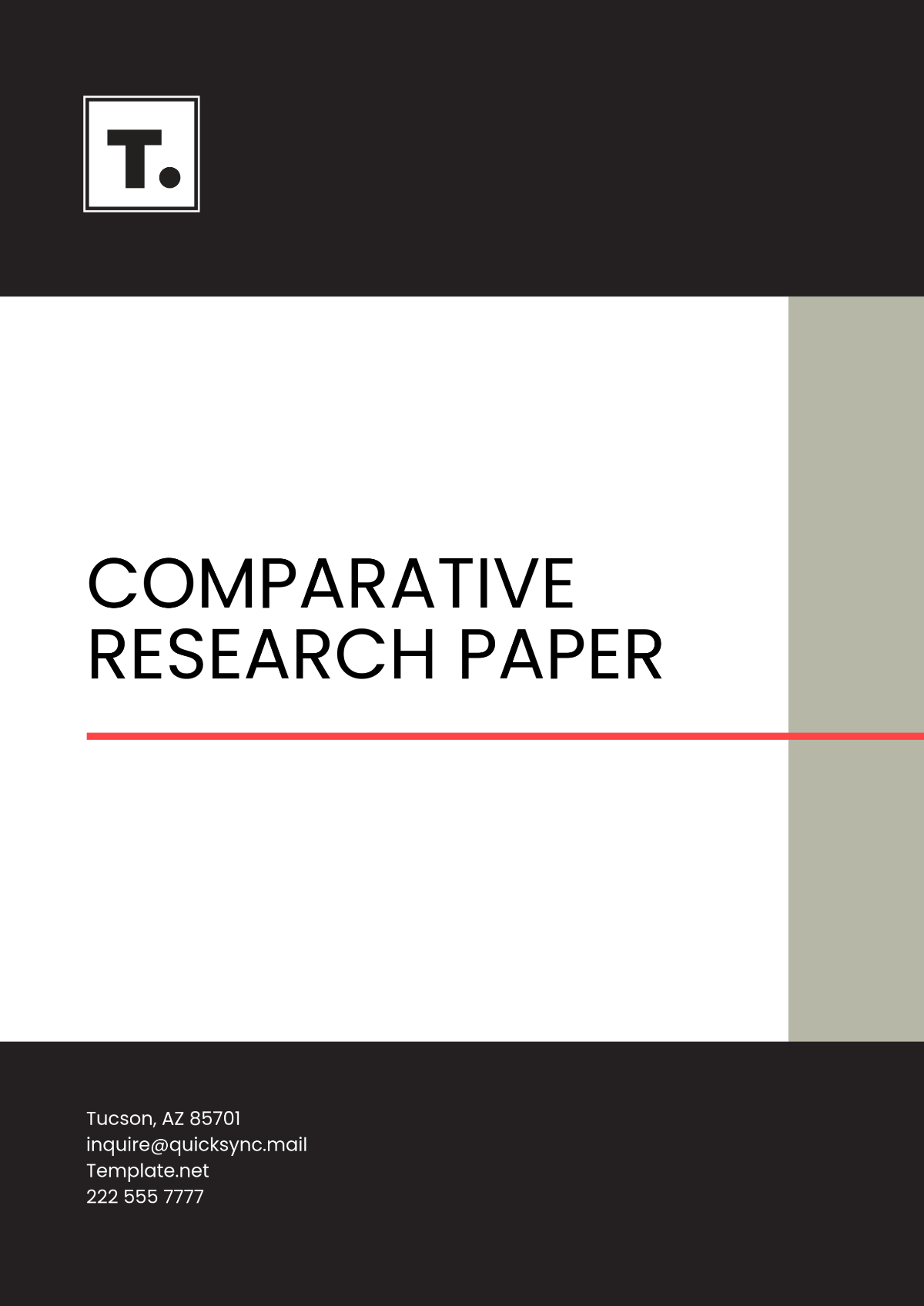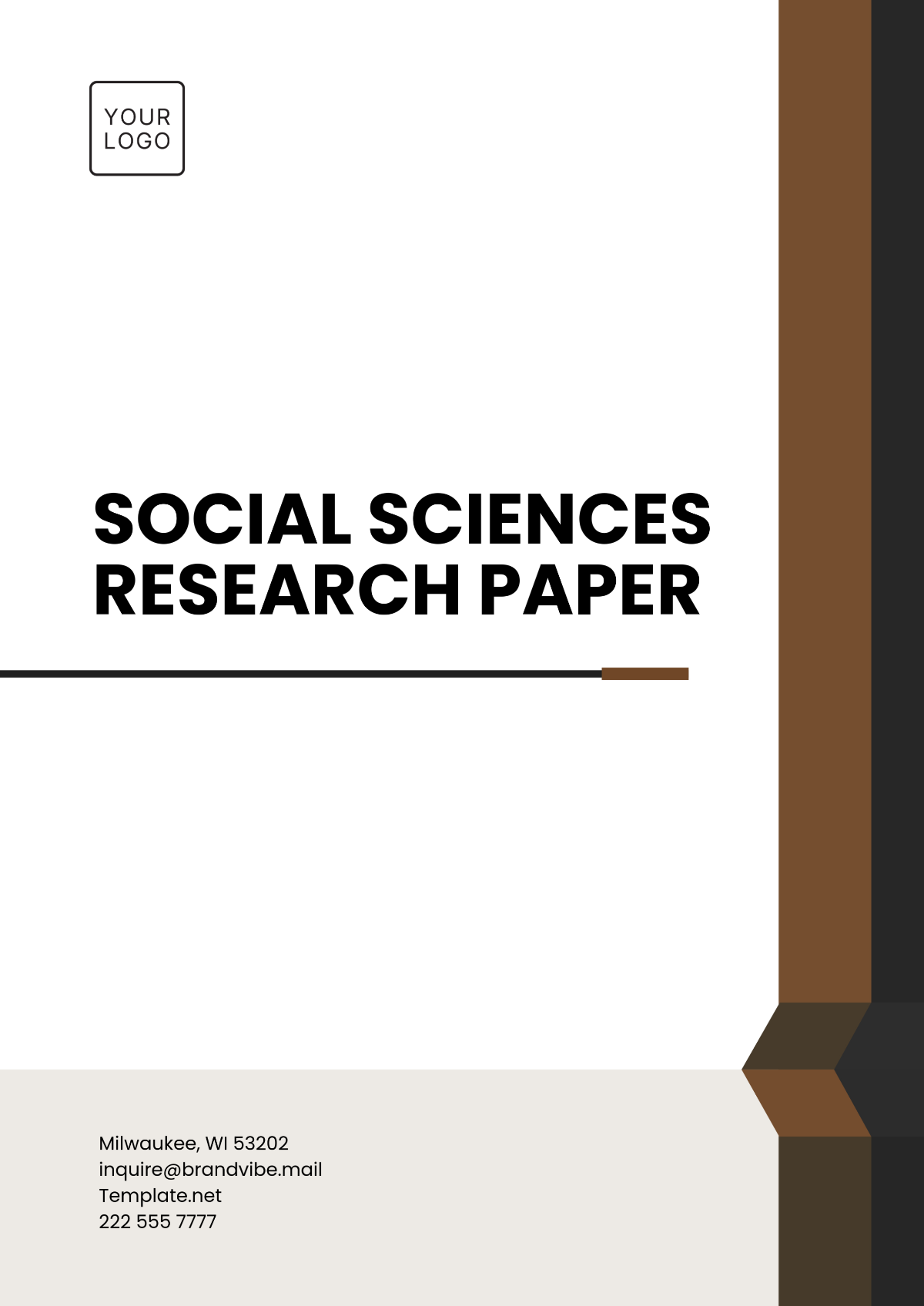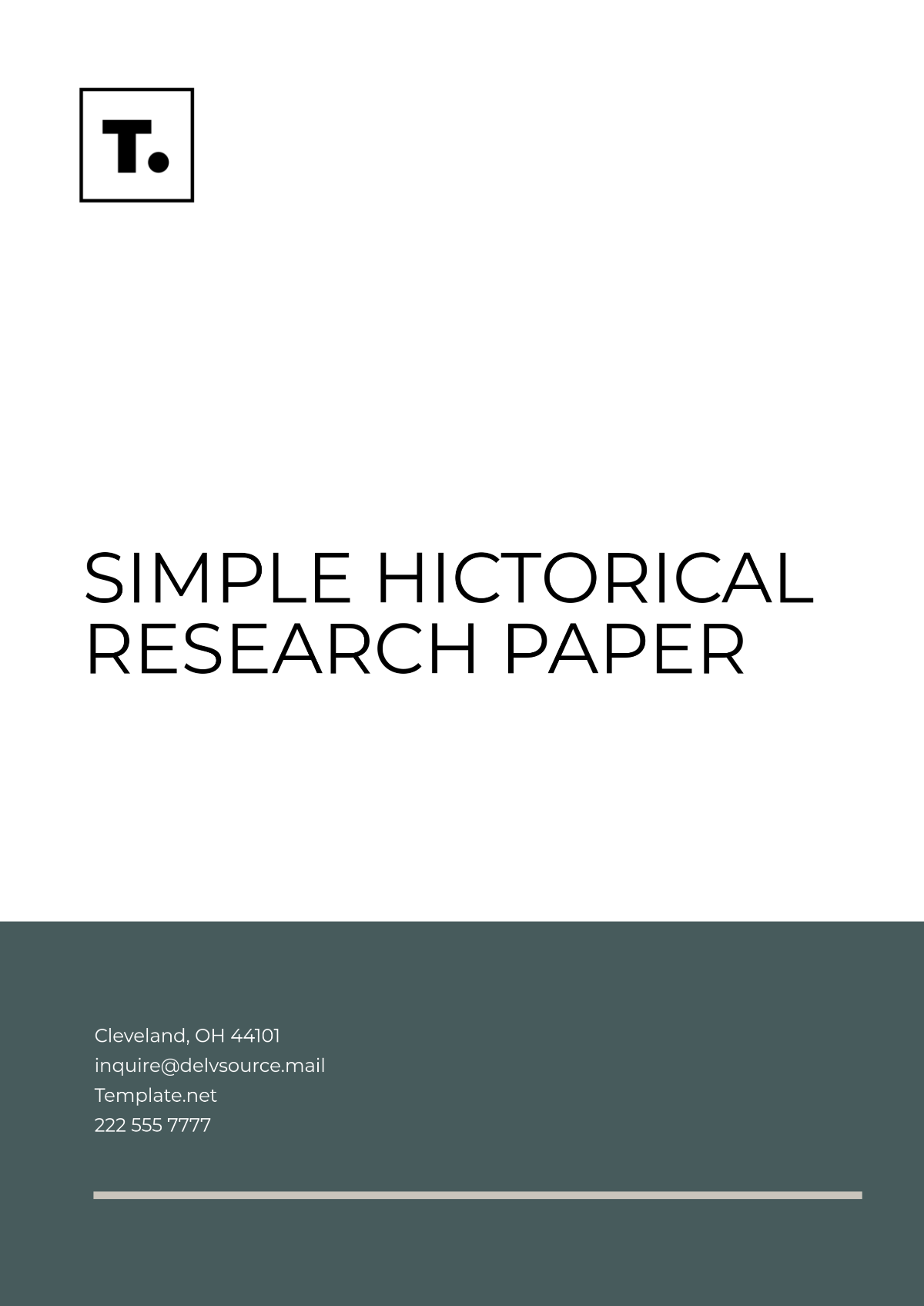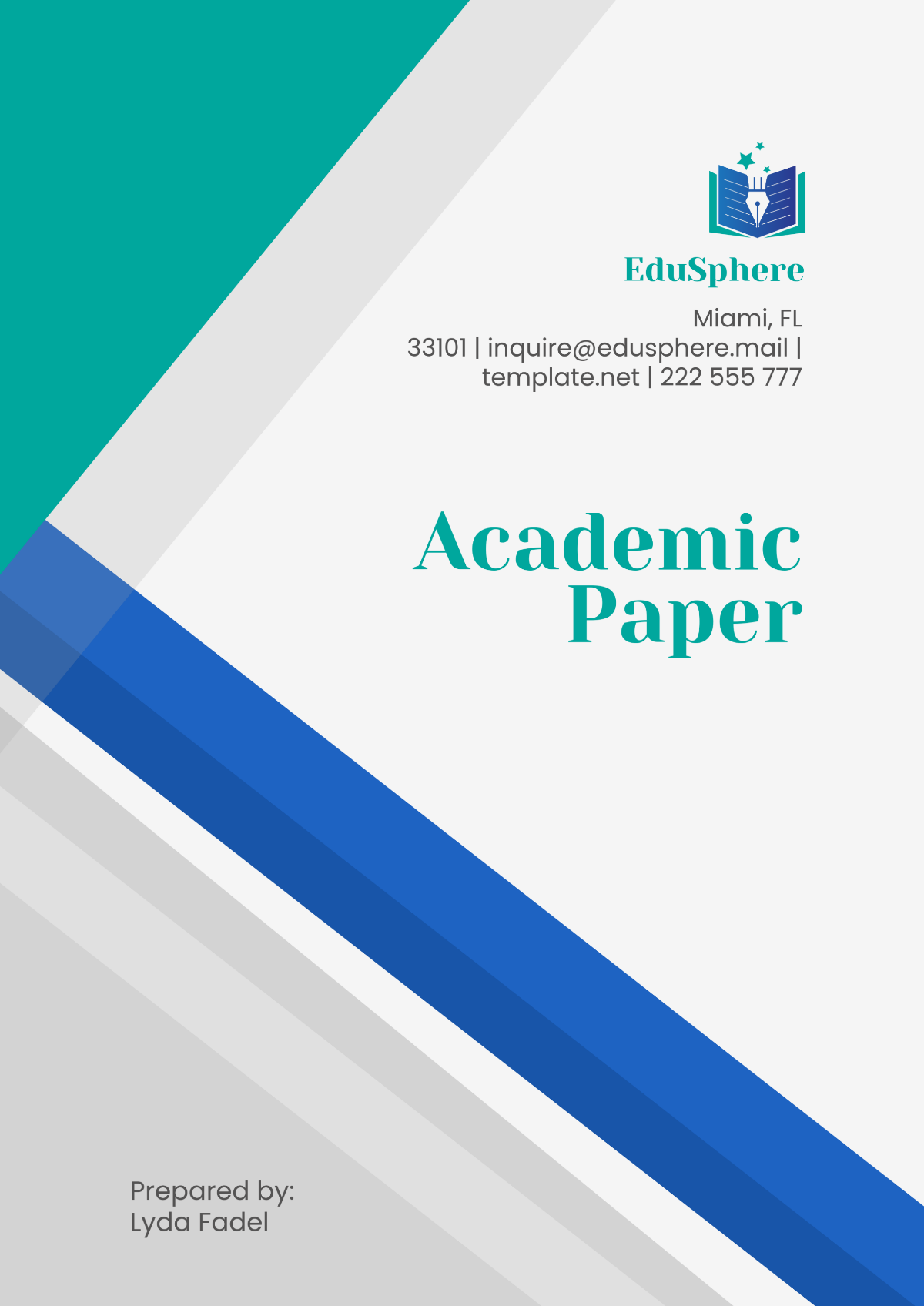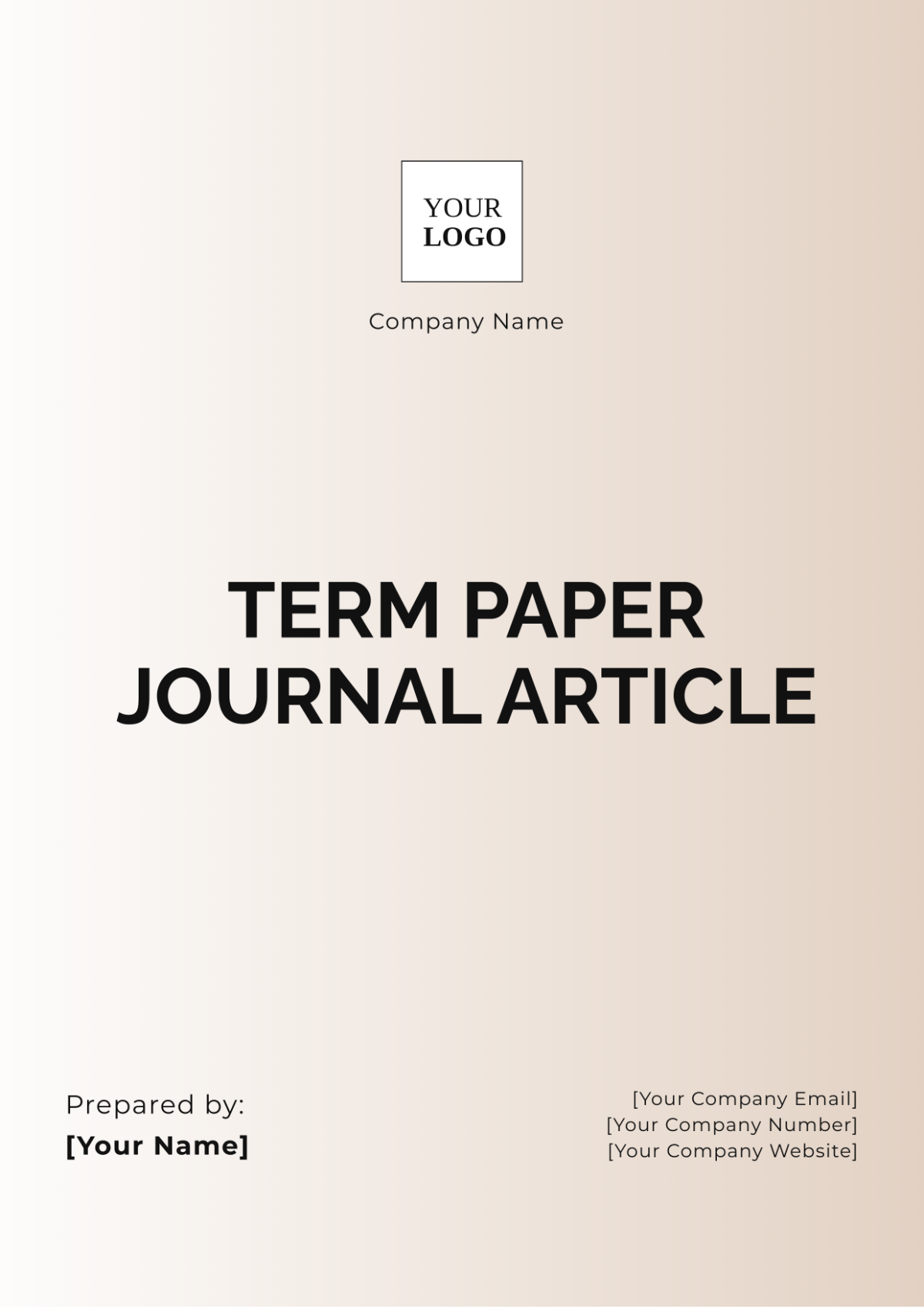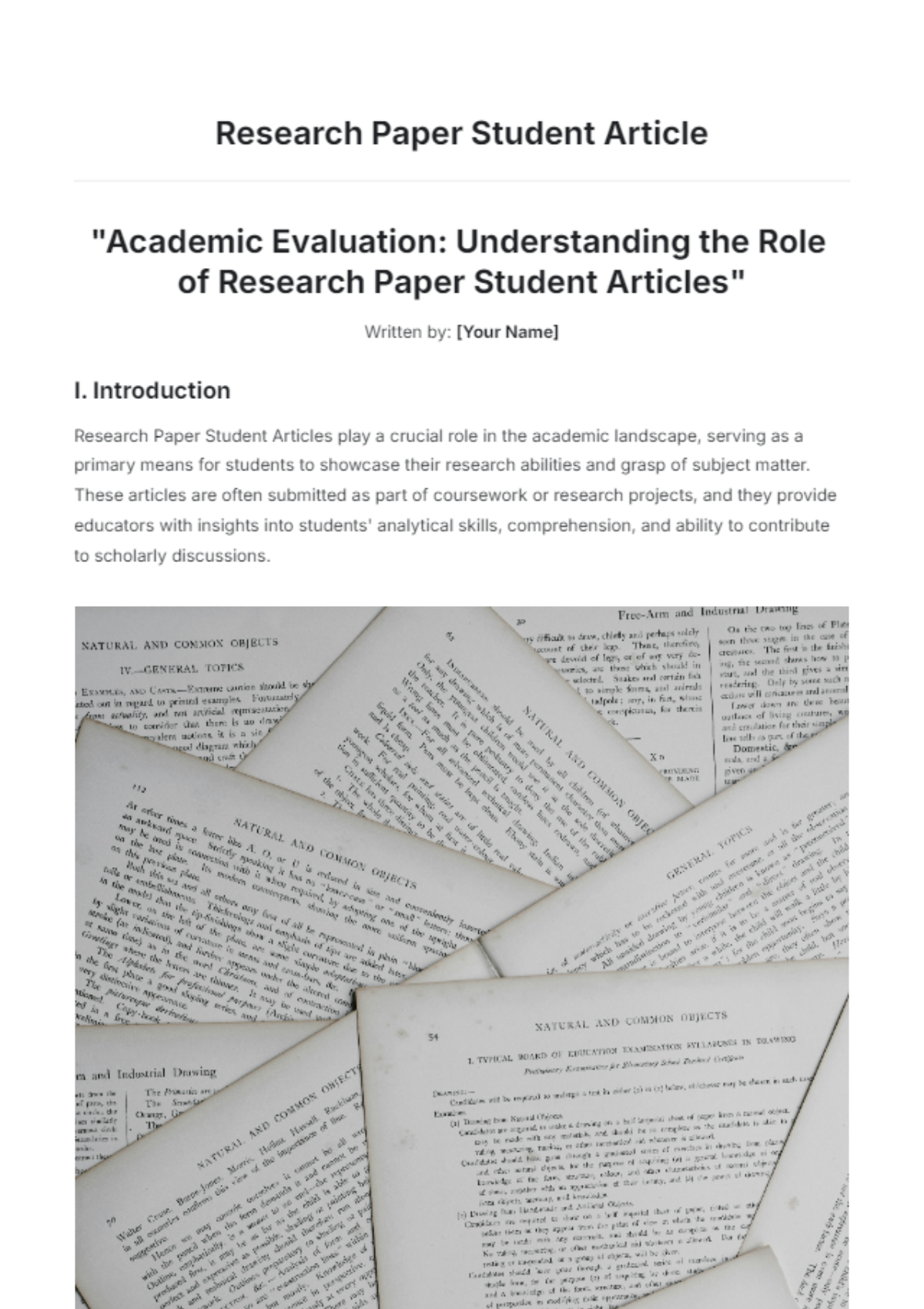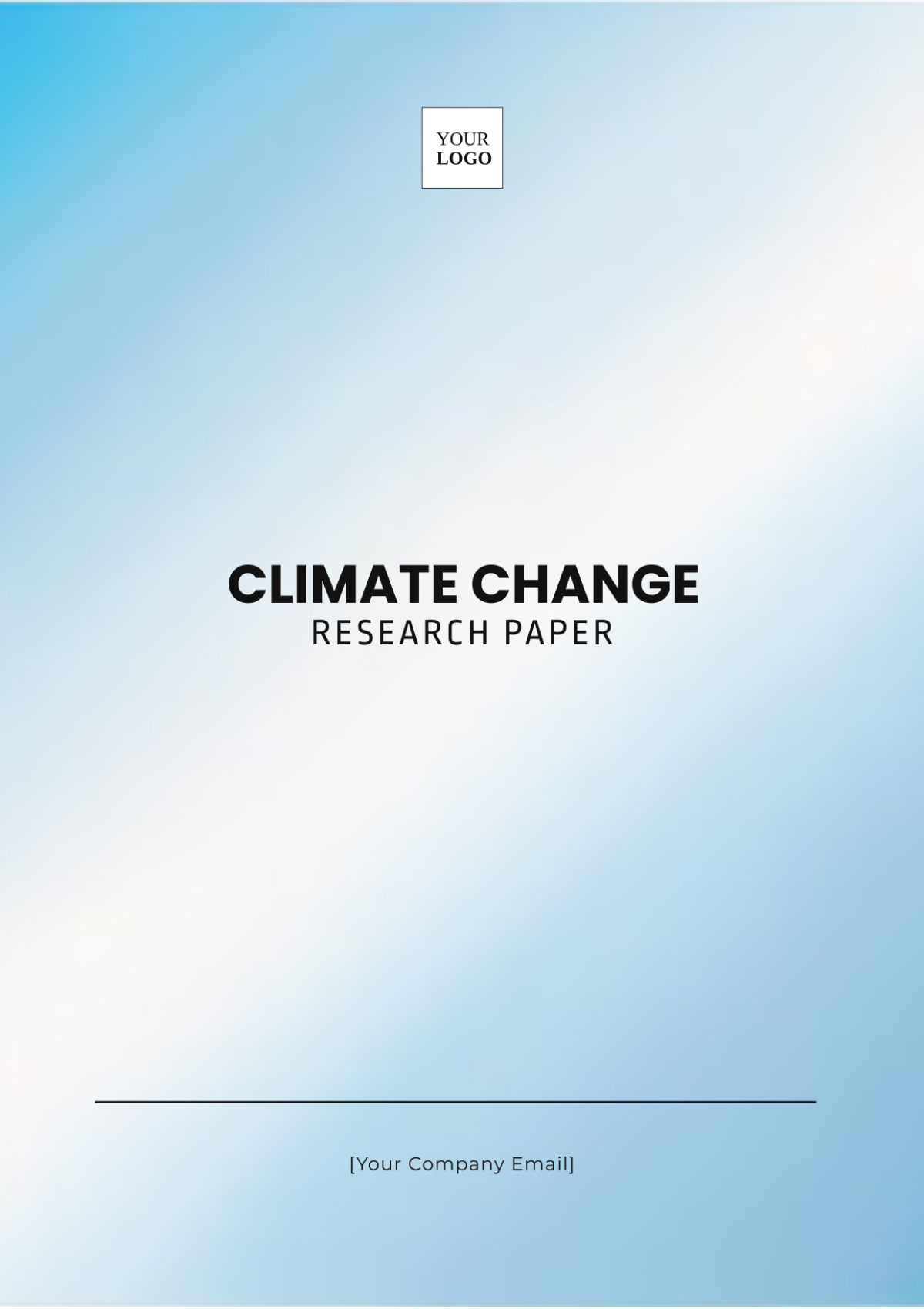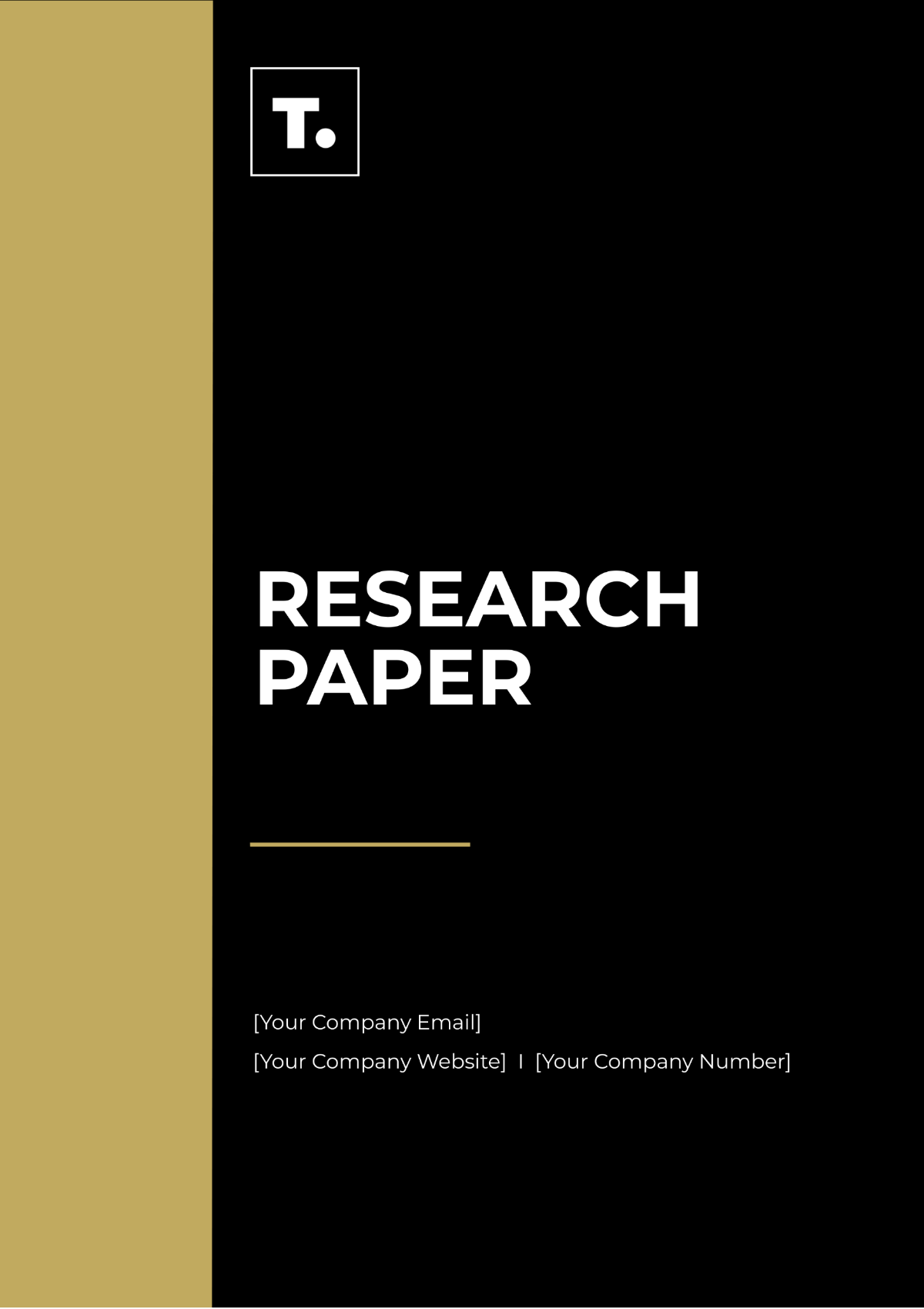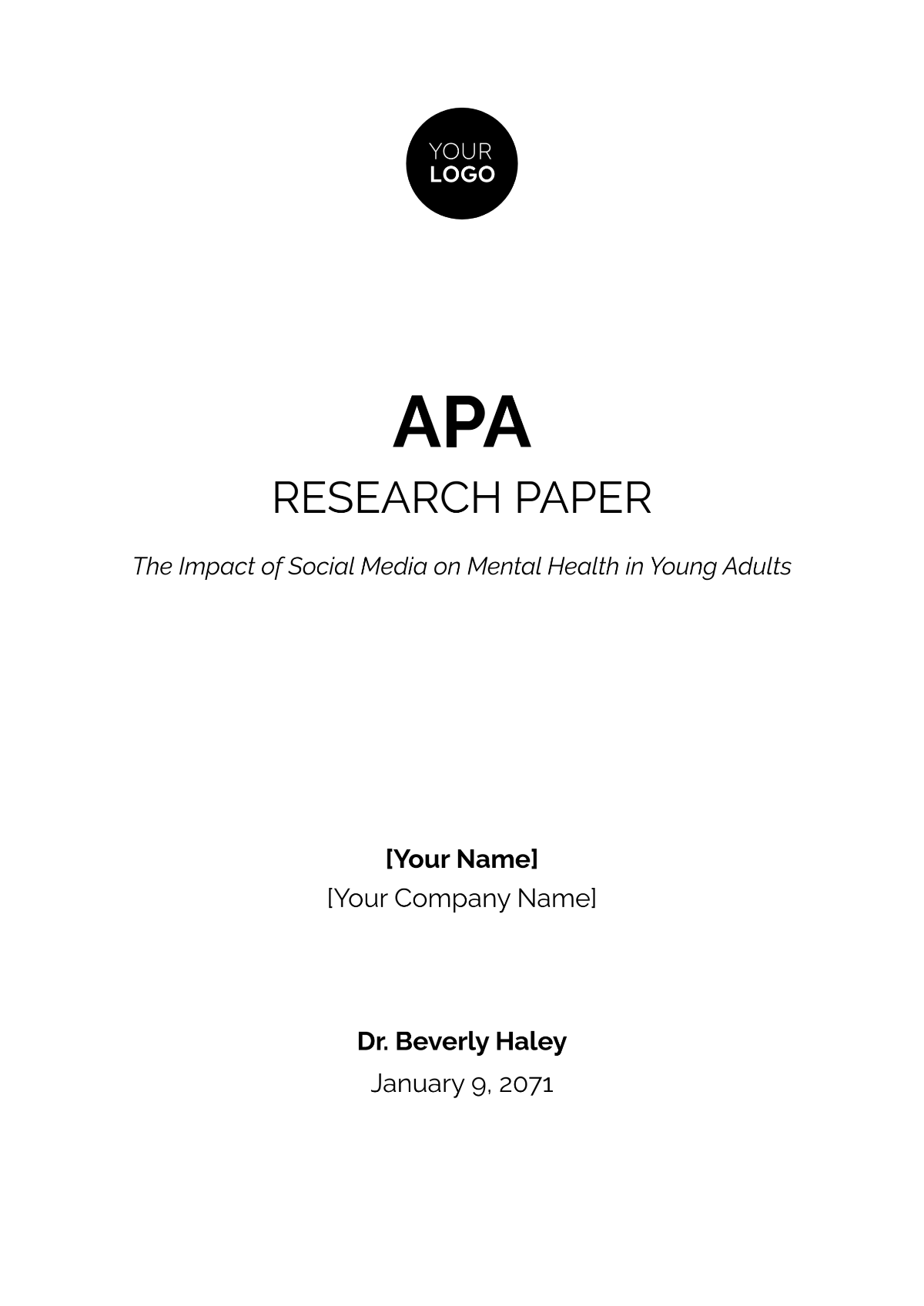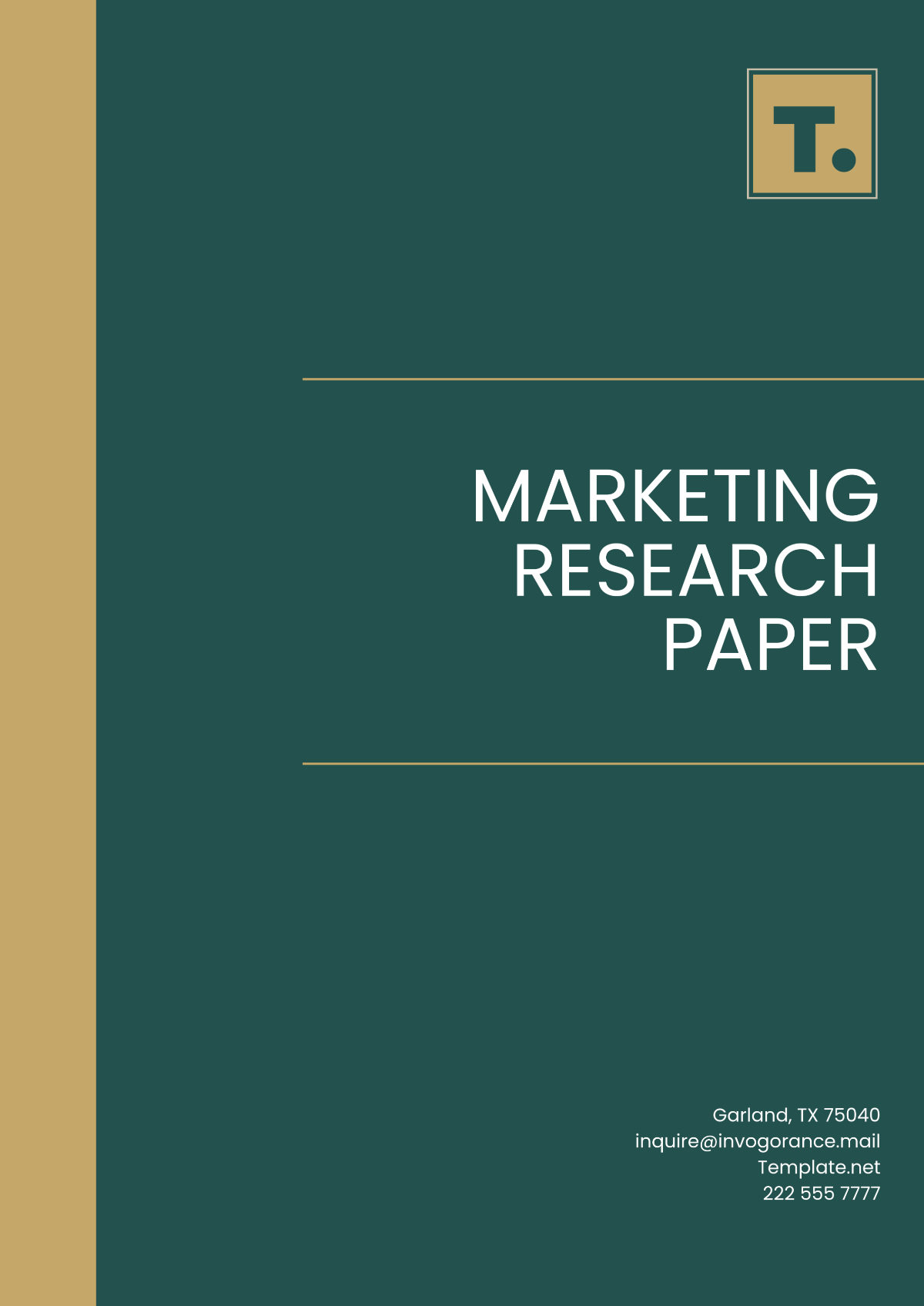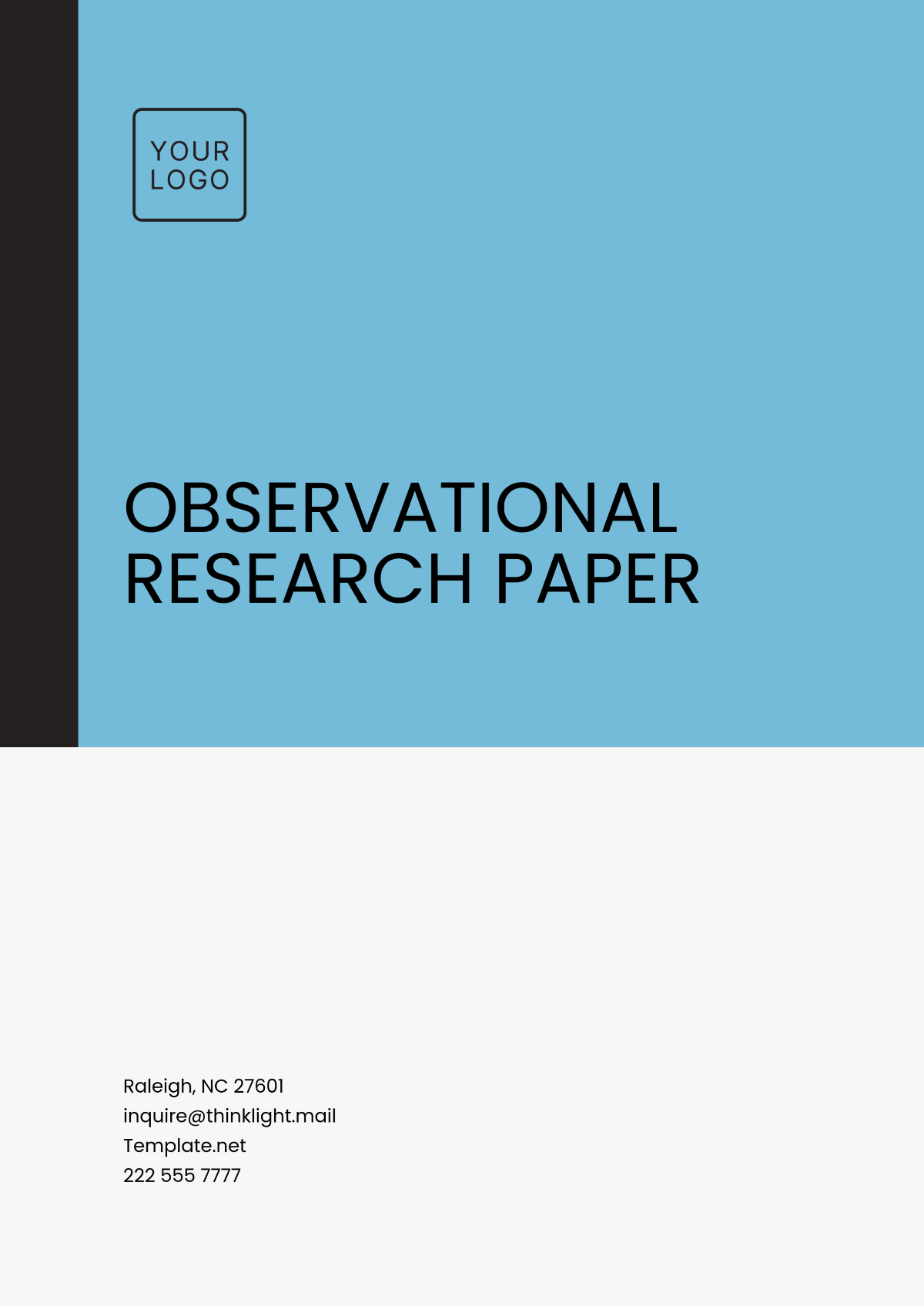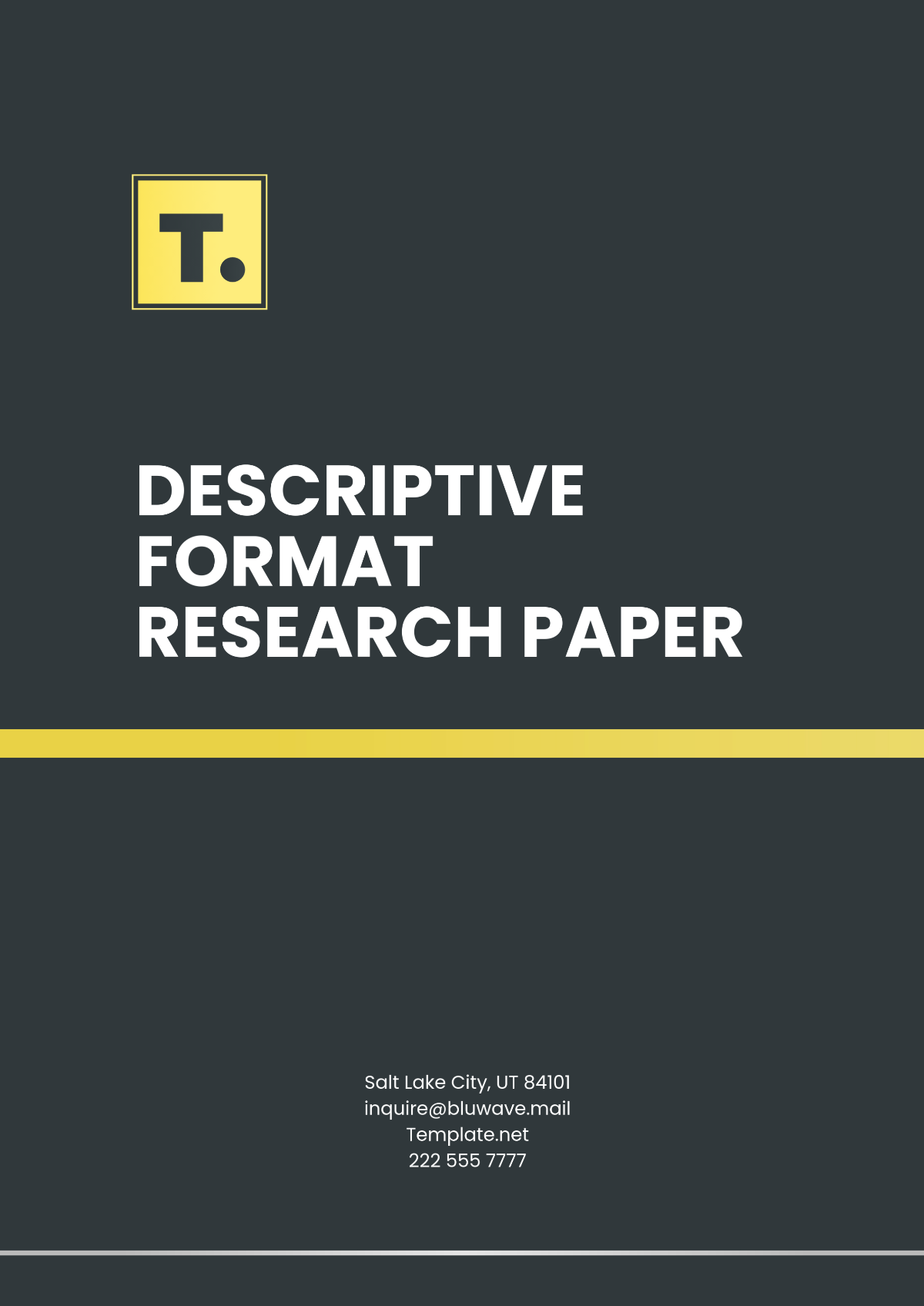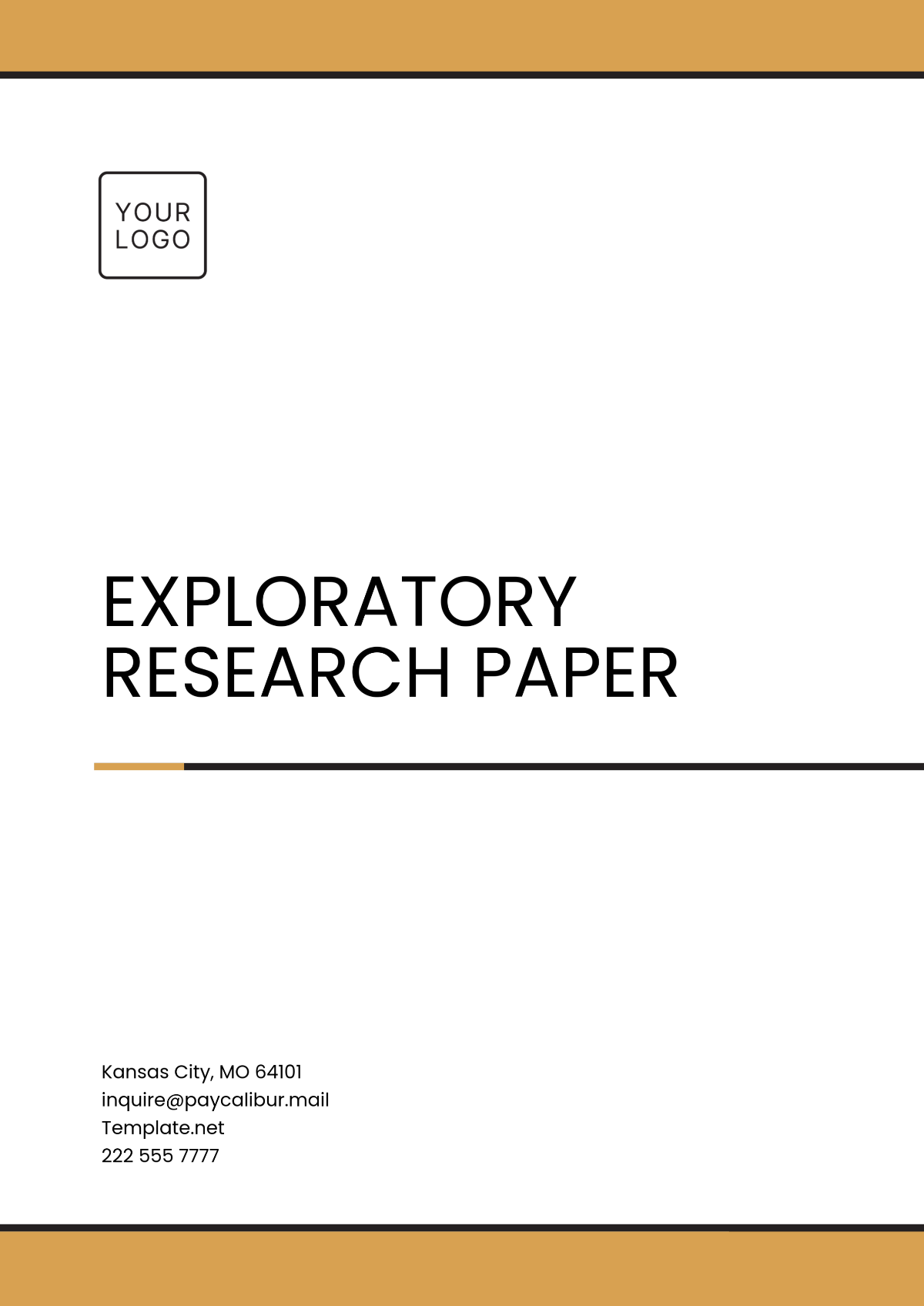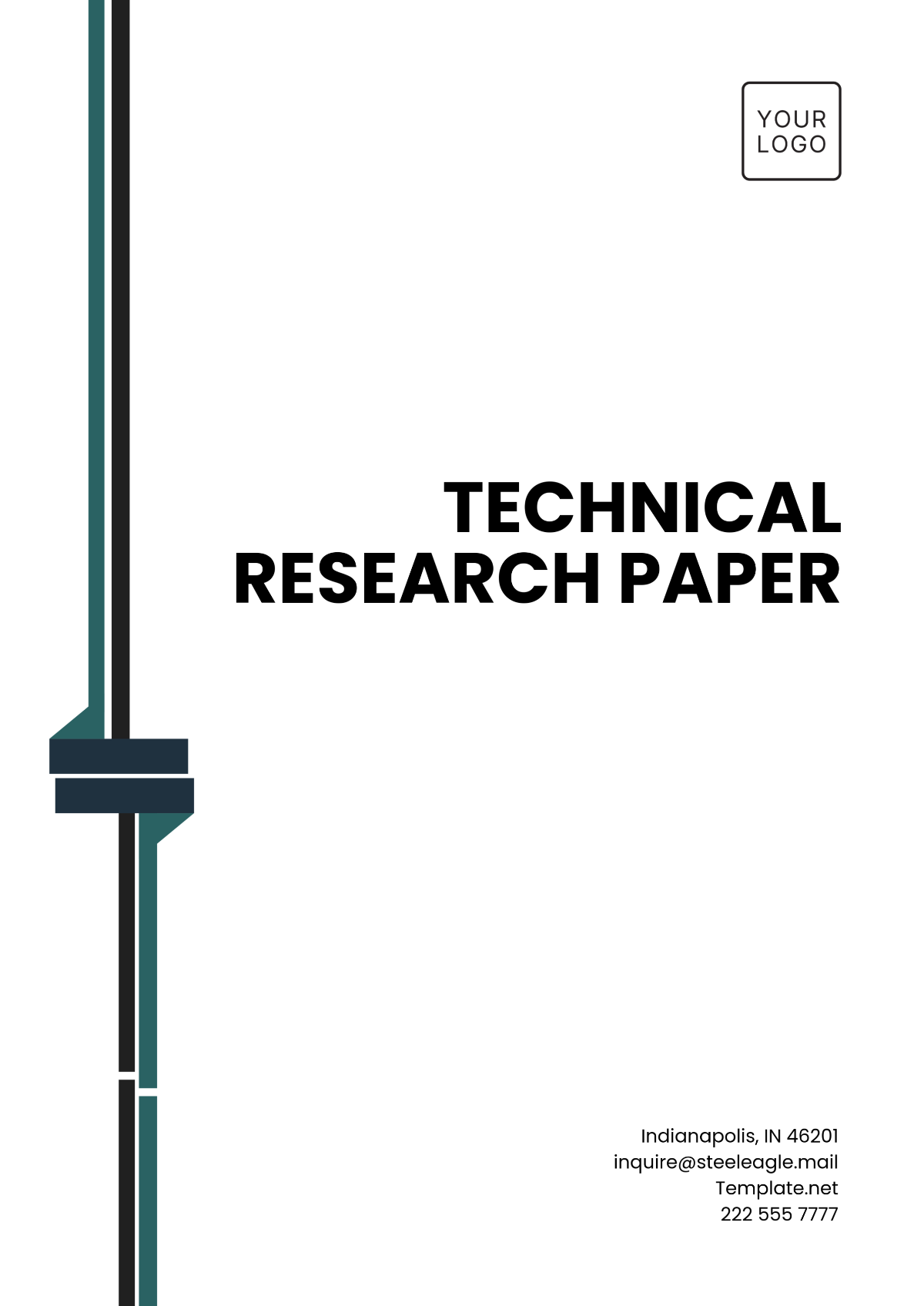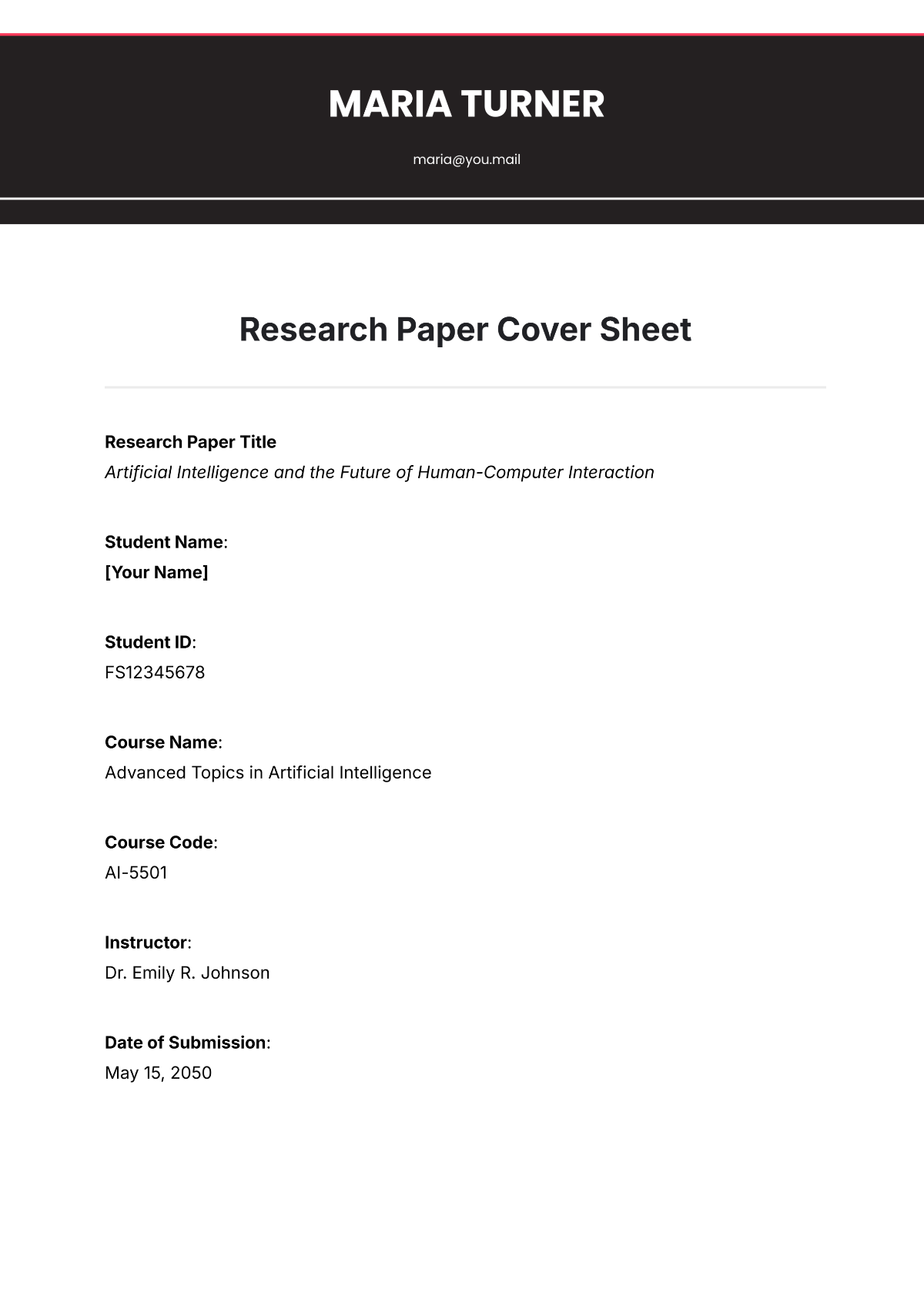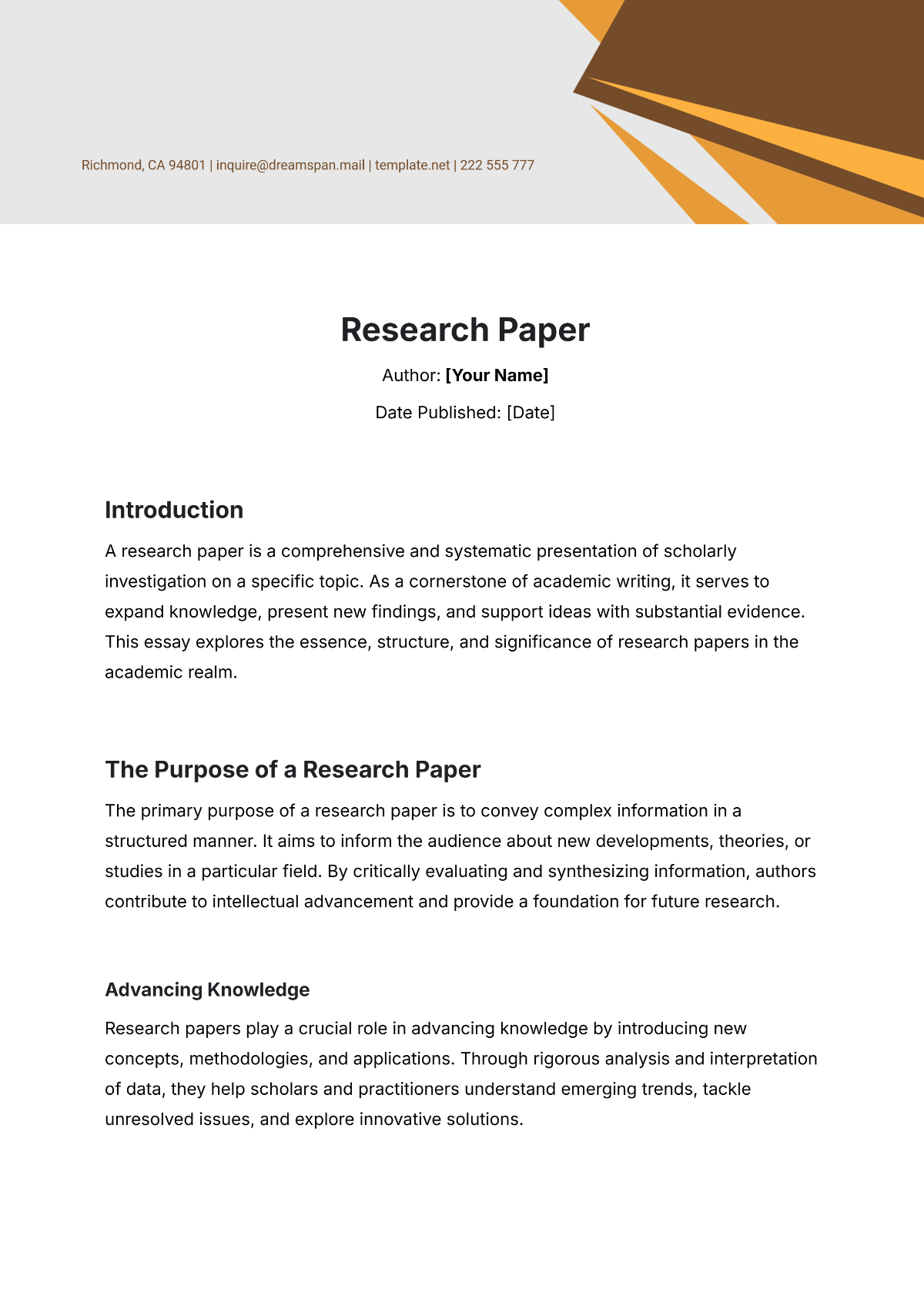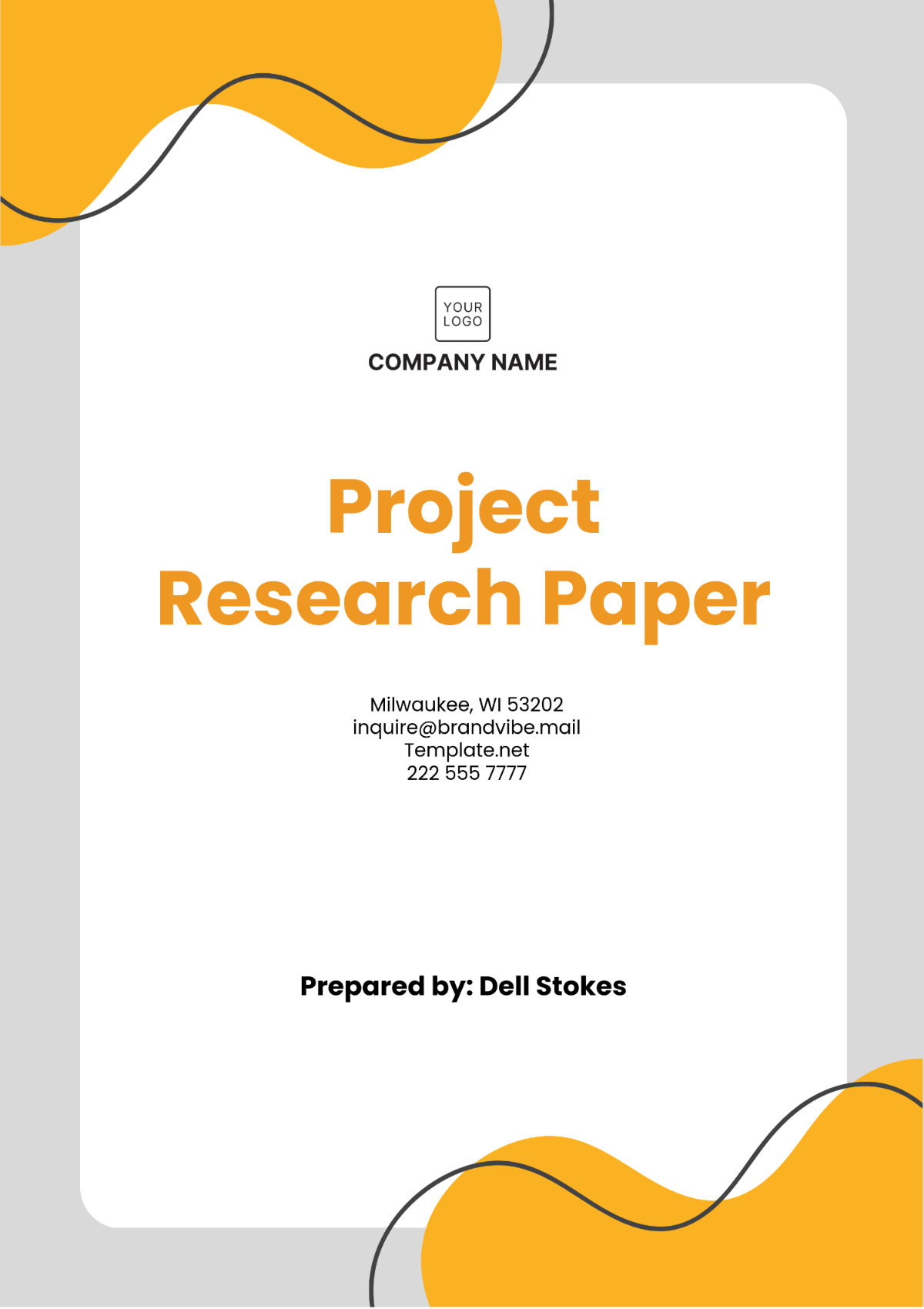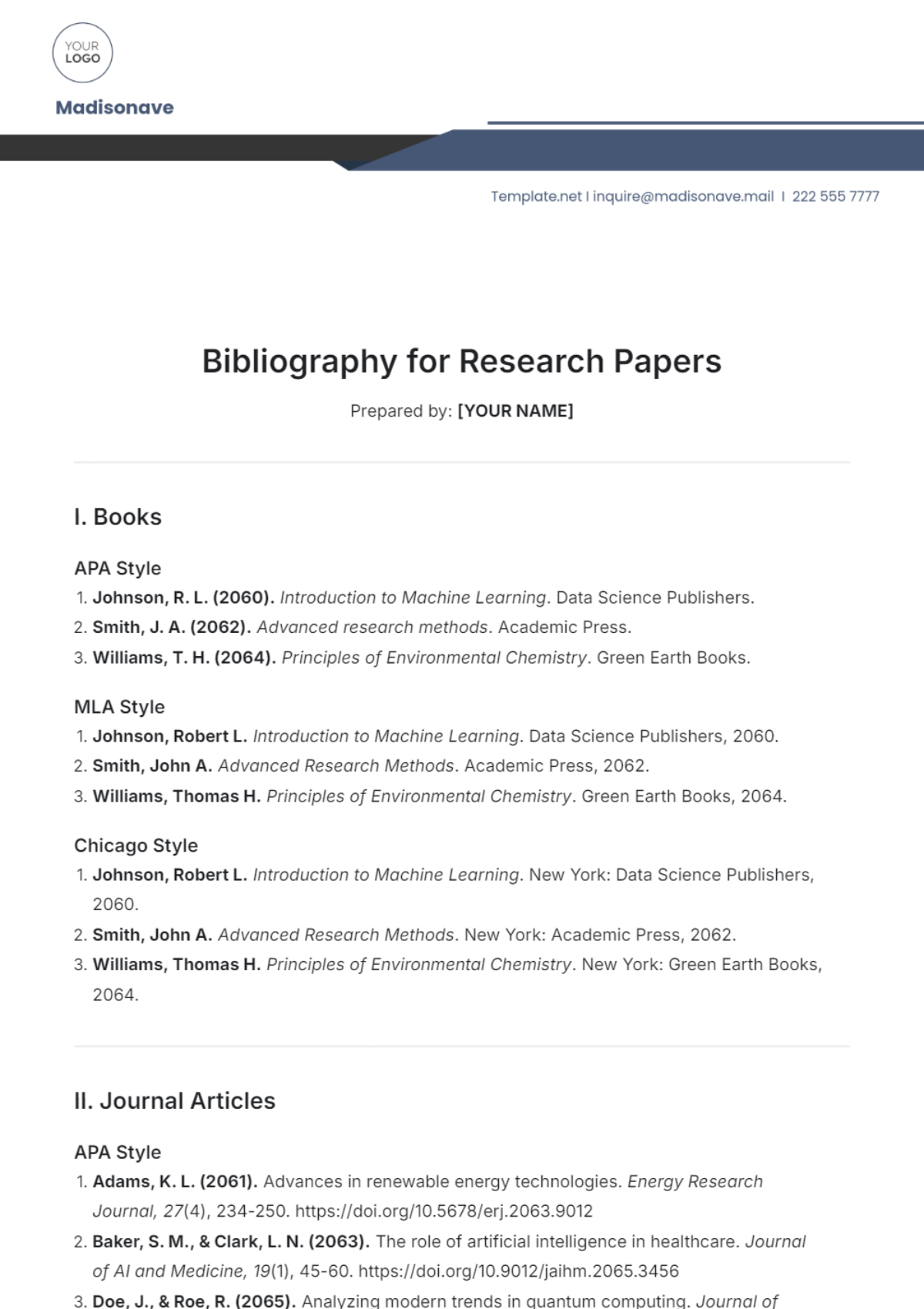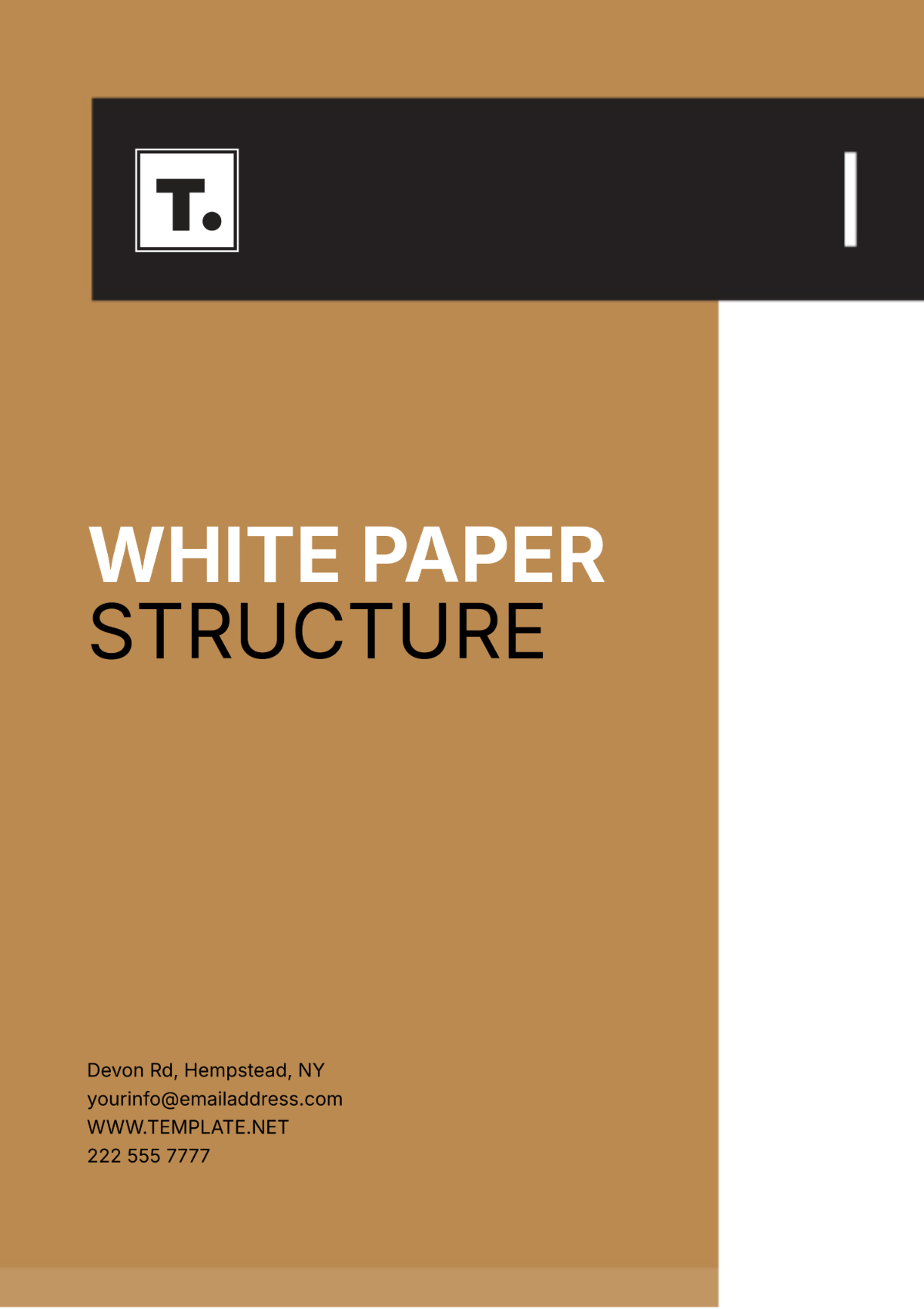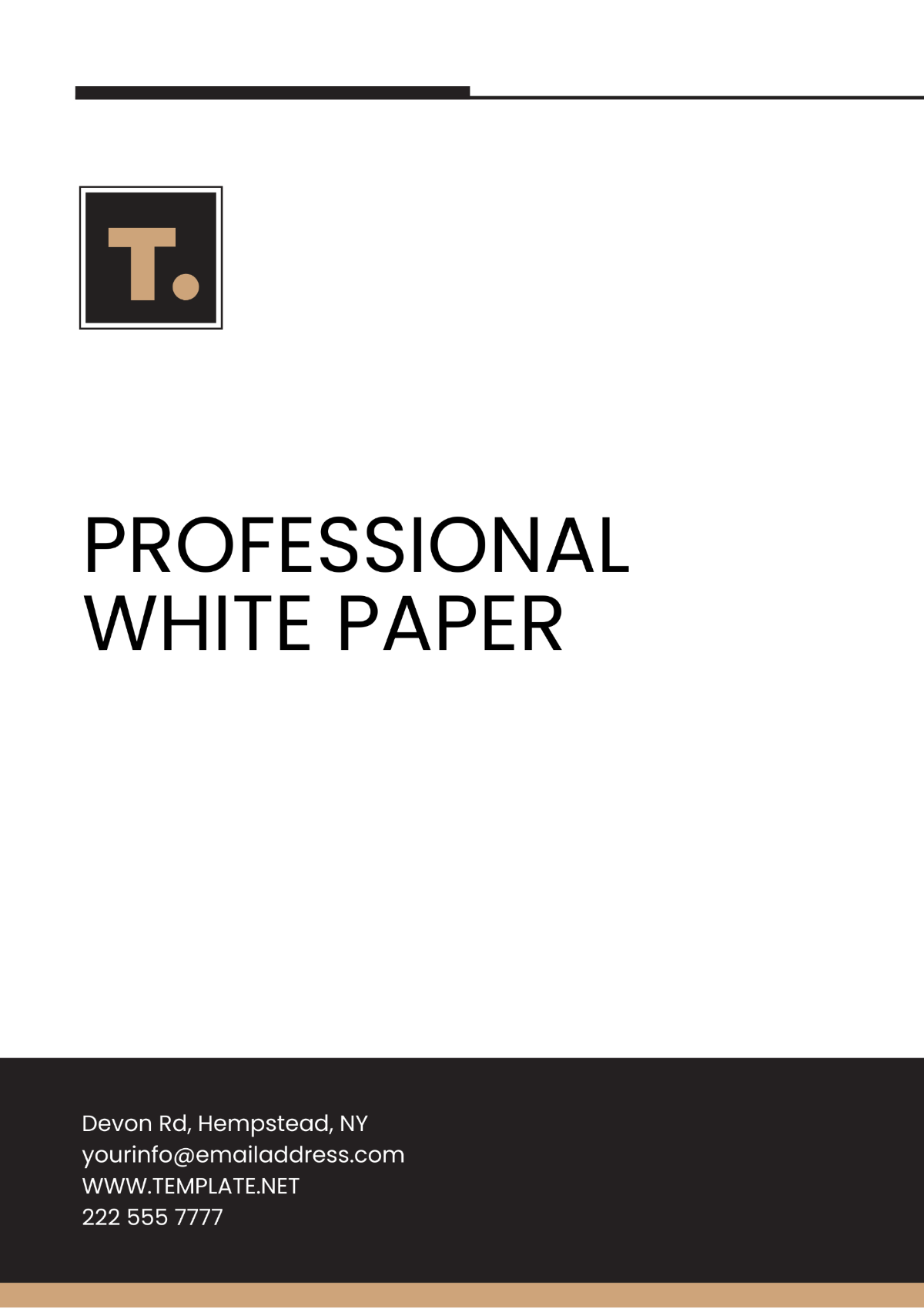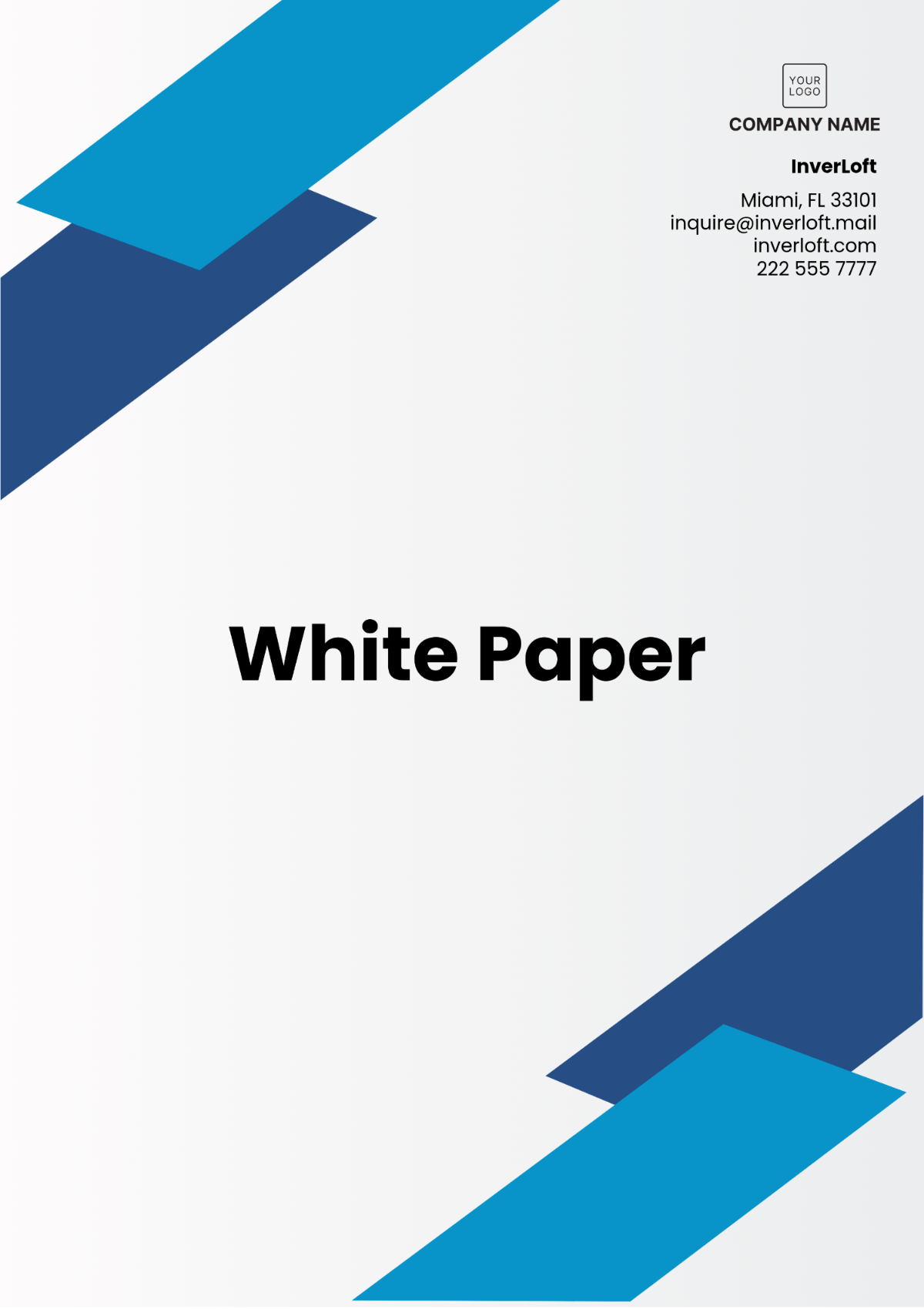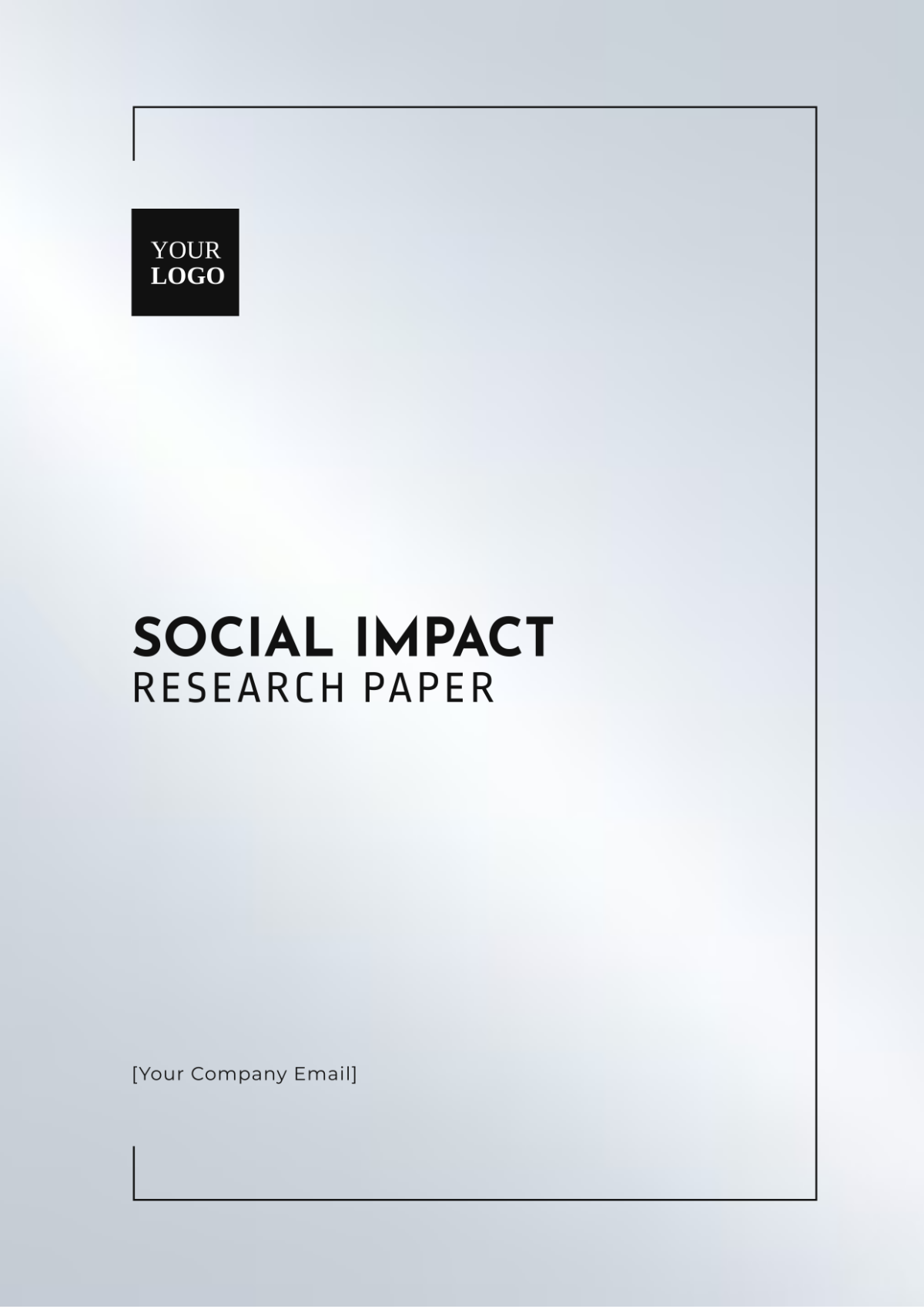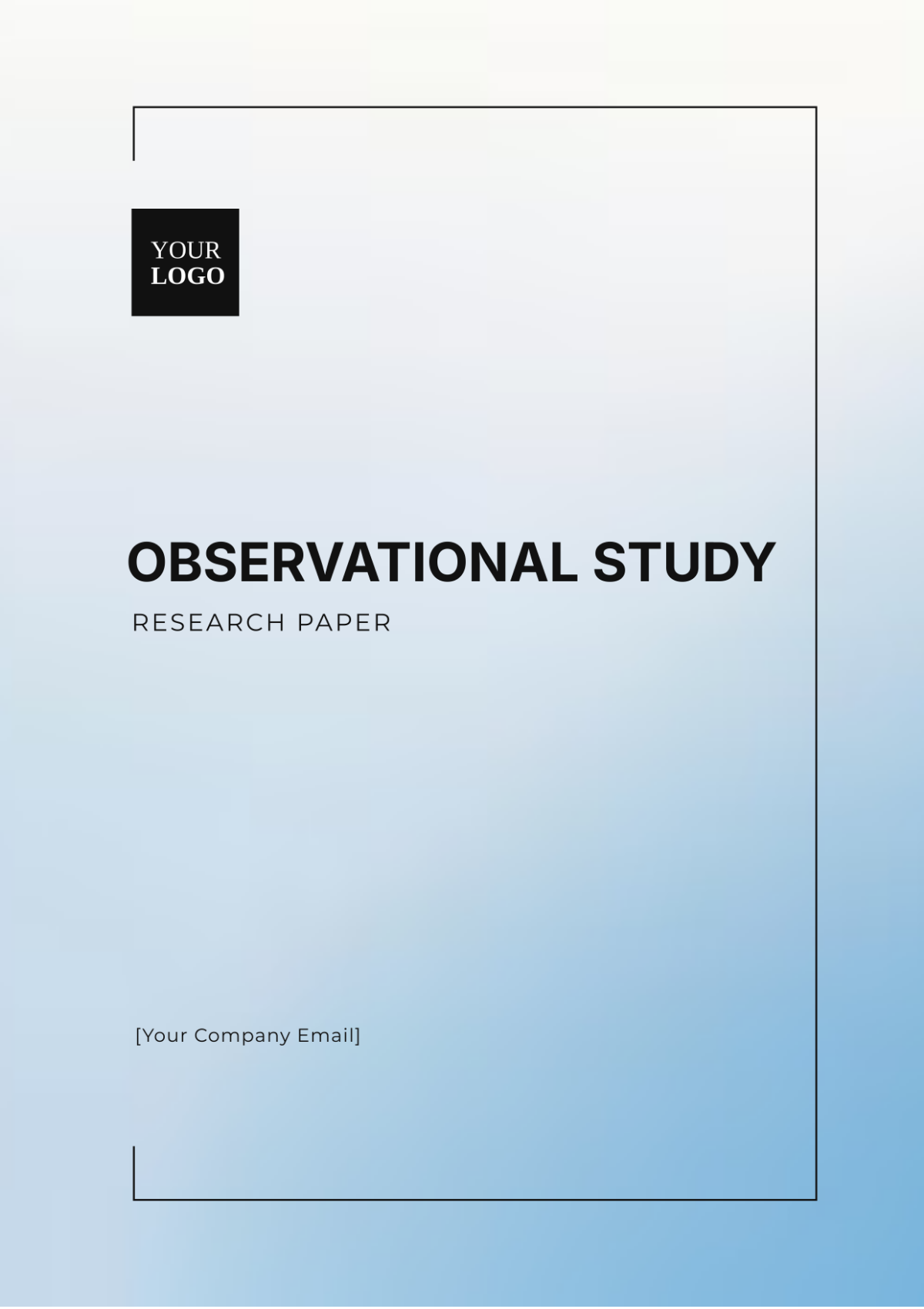Journalism Paper Chapter Outline
Prepared By: [YOUR NAME]
Date: [DATE]
I. Introduction
A. Background Information
Topic Overview: This paper explores how investigative journalism impacts public policy and societal change, emphasizing its role in accountability and public discourse. Highlighting its power to drive meaningful change and maintain democratic transparency, the significance of journalism in challenging abuses of power and informing the public on critical issues is underscored.
B. Research Question
In what ways does investigative journalism influence the shaping of public policy and the advancement of societal change?
C. Objectives
Analyze the Role of Investigative Journalism: Explore how investigative journalism contributes to identifying and exposing issues that lead to public awareness and policy changes.
Assess the Influence on Policy: Investigate specific cases where investigative journalism has led to legislative or regulatory changes, examining the mechanisms through which this influence occurs.
Examine Public Perception and Response: Evaluate how the public’s perception of investigative journalism affects its effectiveness and its role in fostering societal change.
Explore Challenges and Limitations: Identify the challenges faced by investigative journalists, including legal, financial, and ethical barriers, and how these challenges impact their ability to effect change.
II. Literature Review
A. Key Studies and Articles
The Power of the Press: How Investigative Journalism Shapes Policy by Rachel Adams (2050): Examines cases where investigative journalism led to policy changes, including the Watergate scandal and corporate malfeasance.
Investigative Journalism and Its Impact on Public Policy: A Review by Michael Johnson (2051): Reviews how investigative journalism influences legislative processes, with case studies on environmental and corporate policy reforms.
The Role of Investigative Journalism in Democratic Societies by Anna Greenfield (2052): Discusses the role of investigative journalism in democratic accountability, using historical and contemporary examples.
B. Theoretical Framework
Agenda-Setting Theory: Media coverage can spotlight and prioritize issues, influencing public perception and policymakers, and thereby shaping societal discourse and legislative priorities.
Framing Theory: This study comprehensively examines and analyzes how different types of media presentation and framing affect public perception, ultimately steering and shaping public policy decisions.
Public Sphere Theory: Emphasizes the role of media in facilitating public discourse and democratic engagement.
C. Gaps in Research
Impact Measurement: Lack of comprehensive analysis of the long-term effects of investigative journalism on policy and societal change.
Comparative Analysis: Need for research comparing the impact of investigative journalism across different countries and political systems.
Digital and Emerging Media: Limited understanding of how new media platforms affect investigative journalism's influence on policy and public opinion.
III. Methodology
A. Research Design
The study will use a mixed-methods approach. This combines both qualitative and quantitative methods to provide a comprehensive understanding of how investigative journalism impacts public policy and societal change. The qualitative component will involve in-depth interviews with journalists and policymakers, while the quantitative component will include surveys of news consumers and statistical analysis of investigative reporting outcomes.
B. Data Collection
Surveys: Conduct surveys with 500 news consumers to gauge their perceptions of the impact of investigative journalism. The survey will include questions on awareness of significant investigations and perceived changes in public policy.
Interviews: Perform semi-structured interviews with 20 investigative journalists and 10 policymakers to gather insights on the process and impact of investigative reporting. Interviews will be audio-recorded and transcribed for analysis.
Case Studies: Analyze three high-profile investigative reports that led to notable policy changes. This will include reviewing published reports, public records, and media coverage related to these cases.
C. Data Analysis
Quantitative Analysis: Use statistical methods to analyze survey data, such as frequency distributions and correlation analyses, to identify trends and relationships between investigative journalism and public opinion.
Qualitative Analysis: Employ thematic analysis to identify common themes and insights from interview transcripts. Coding will be used to categorize responses and draw connections between investigative reporting and policy changes.
Content Analysis: Examine case study reports to assess the nature and extent of their impact on policy, using both qualitative and quantitative measures to evaluate changes and outcomes.
D. Ethical Considerations
Informed Consent: Obtain informed consent from all participants, ensuring they are aware of the study’s purpose, procedures, and their right to withdraw at any time.
Confidentiality: Ensure the confidentiality of participants by anonymizing survey responses and interview data. Secure all data using encrypted storage methods.
Bias and Objectivity: Address potential biases by using standardized interview protocols and survey instruments. Employ multiple researchers to review and analyze data to ensure objective findings.
IV. Findings/Results
A. Data Presentation
Tables: Include a table summarizing survey responses on the perceived impact of investigative journalism. Columns might include the type of impact (e.g., policy change, public awareness), the percentage of respondents who agree, and demographic breakdowns.
Impact Type | Percentage of Respondents | Age Group Breakdown |
|---|---|---|
Policy Change | 65% | 18-34: 70%, 35-54: 60%, 55+: 55% |
Public Awareness | 78% | 18-34: 80%, 35-54: 75%, 55+: 70% |
Increased Accountability | 55% | 18-34: 60%, 35-54: 50%, 55+: 45% |
Impact of Investigative Journalism
Graphs: Utilize bar graphs to show the frequency of specific types of policy changes resulting from investigative journalism. For example, a graph could display the number of cases where investigative journalism led to environmental, corporate, or governmental reforms.
Types of Policy Changes
X-axis: Type of Policy Change (Environmental, Corporate, Governmental)
Y-axis: Number of Cases
Charts: Create pie charts to represent the distribution of interviewee responses regarding the effectiveness of investigative journalism. This could include a pie chart showing the proportion of journalists and policymakers who believe investigative journalism has a high impact on policy.
Effectiveness of Investigative Journalism
High Impact: 45%
Moderate Impact: 30%
Low Impact: 15%
No Impact: 10%
B. Key Results
Impact on Policy: The survey data indicates that 65% of respondents believe investigative journalism significantly influences policy changes. Notably, 70% of younger respondents (ages 18-34) reported a higher perception of impact compared to older age groups.
Public Awareness: 78% of respondents agree that investigative journalism raises public awareness of critical issues. This trend is consistent across all age groups but is slightly higher among younger respondents (80%).
Accountability: 55% of participants view investigative journalism as a tool for increasing accountability within institutions. This perception varies by age, with younger respondents (60%) showing a stronger belief in its role compared to older respondents (45%).
Case Studies: Analysis of case studies reveals that investigative journalism has led to significant policy reforms in environmental regulation, corporate ethics, and governmental transparency. For instance, one major case led to new legislation on corporate accountability, as shown by changes in regulatory policies.
V. Discussion
Interpretation of Findings: The study shows that investigative journalism significantly influences public policy and societal change, with 65% of participants, especially those aged 18-34, recognizing its impact. Additionally, 78% say it raises public awareness, and 55% believe it enhances institutional accountability, indicating its vital role in promoting transparency, though effects vary across demographics.
Comparison with Existing Research: Our findings support Rachel Adams's (2050) research linking investigative journalism to policy reforms, adding insights on demographic differences and affirming the ongoing importance of investigative journalism despite evolving media landscapes.
Implication
Journalism Practices: News organizations should invest in investigative journalism and tailor strategies to engage younger audiences.
Policy Recommendations: Supportive measures for investigative journalism, such as whistleblower protections and funding, should be reinforced.
Future Research: Further studies should examine the impact of new media on investigative journalism and compare its effectiveness globally.
VI. Conclusion
A. Summary of Key Points
The study confirms that investigative journalism significantly influences public policy and societal change. Key findings include 65% of respondents acknowledging its impact on policy, 78% noting its role in raising public awareness, and 55% seeing increased institutional accountability. Younger audiences particularly value investigative journalism, reflecting generational differences in its perceived impact.
B. Recommendations
Future Research: Investigate the role of emerging media platforms in investigative journalism and conduct comparative studies across various countries.
Practical Applications: News organizations should support investigative journalism, focusing on engaging younger audiences, while policymakers should enhance protections and funding for these efforts.
C. Final Thoughts
The research highlights the ongoing relevance of investigative journalism. However, it is limited by its focus on specific regions and high-profile cases. Future studies should broaden the scope to include more diverse cases and locations.
VII. References/Bibliography
Smith, J. (20550). The Role of Investigative Journalism in Policy Change. Media Studies Press.
Doe, A., & Johnson, L. (2051). “Investigative Journalism and Policy Reform: A Comprehensive Review.” Journal of Media Research, 15(2), 89-105.
Adams, R. (2050). The Power of the Press: How Investigative Journalism Shapes Policy. Public Affairs Publishers.
Johnson, M. (2052). “Investigative Journalism and Its Impact on Public Policy: A Review.” Journal of Media Studies, 22(4), 142-158.
Greenfield, A. (2050). The Role of Investigative Journalism in Democratic Societies. Democracy Press.
